Lyocell Fabric

Lyocell is a semi-synthetic fabric that is commonly used as a substitute for cotton or silk. This fabric is a form of rayon, and it is composed primarily of cellulose derived from wood.
What Is Lyocell Fabric?
Originally developed by American Enka in 1972, lyocell burst into popularity in the latter decades of the 20th century, and it is still relatively popular around the world. Since it is primarily made from organic ingredients, this fabric is seen as a more sustainable alternative to fully synthetic fibers like polyester, but whether or not lyocell fabric is truly better for the environment is questionable.

H&M Long Lyocell Shirt – Blue
At American Enka, lyocell fabric only made it through the pilot phase of development before the project was abandoned. It wasn’t until the 1980s that a British company called Courtaulds Fibres picked up the pieces and created a new fabric called Tencel based on lyocell research. These two fabrics are chemically identical, and the terms Tencel and lyocell can be used interchangeably.
Consumers generally find lyocell fabric to be soft to the touch, and many people can’t tell the difference between this fabric and cotton. Lyocell fabric is very strong whether it is wet or dry, and it is more resistant to pilling than cotton. Textile manufacturers like the fact that it’s easy to mix this fabric with other types of textiles; for instance, it plays well with cotton, silk, rayon, polyester, nylon, and wool.
How Is Lyocell Fabric Made?

Tencel is almost chemically identical to rayon, but a somewhat different process is used to make this rayon derivative. Unlike the rayon production process, the lyocell fabric production process involves the use of a direct solvent instead of an indirect solvent. A solvent spinning technique is used to create Tencel, which means that unlike the case in the production of rayon, the Tencel production process doesn’t cause any significant chemical changes to the chemical structure of cellulose.
While fabrics derived from cellulose have been around for nearly 200 years, they have only been in mass production since the beginning of the 20th century. These fabrics were originally designed as substitutes for silk, and pioneers of cellulose fabrics attempted to recreate the process that silkworms use to make real silk.
The first cellulose fabric to be mass-produced was rayon, and to this day, rayon is made with an extrusion method. As one of the newest cellulose fabric production methods, production of lyocell improves on the production methods used to make rayon. It is more efficient, it produces less waste, and it results in a product that is less synthetic than rayon.
The Production Process
Chips of hardwood like oak or birch are used as the raw materials for the cellulose that is used in this fabric. The trees used for these purposes are usually grown on managed tree farms. Once the trees arrive at a Tencel production facility, they are broken down into chips and loaded into a vat of chemical digesters, which soften the chips into pulp.
This pulp is then washed in water, and bleach may also be used to sanitize it. Next, it is dried in a sheet, and it is rolled into spools. Most cellulose rolls are enormous and weigh about 500 pounds.
These sheets are then broken into squares measuring approximately one inch across, and these squares are placed in pressurized and heated vats of amine oxide, which is the primary solvent used to make lyocell fabric. Once the cellulose has dissolved into a clear liquid, it is filtered and pumped through spinnerets.
As it is forced through spinnerets, cellulose is turned into long, thin fibers. The resulting fibers are immersed in a vat of diluted amine oxide to set, and they are then washed with demineralized water.
The lyocell fibers are then dried, and a lubricant, such as silicone or soap, is applied. The fibers are now considered to be in a state called tow, and these bundles of tow are placed in a crimper that compresses the fiber. Next, they are carded, which separates and orders the strands. Lastly, the fibers are cut, and they are then ready to be turned into a variety of different products.
Compared to rayon, the Tencel production process requires far fewer steps and takes much less time. Also, since the amine oxide used to make this fabric can be recovered, making lyocell fabric is much less wasteful than making rayon.
How Is Lyocell Fabric Used?

Tencel is usually used as a substitute for cotton or silk. This fabric feels like soft cotton, and it is used to make everything from dress shirts to towels to underwear.
While some garments are made entirely from lyocell, it is more common to see this fabric mixed with other types of fabrics like cotton or polyester. Since Tencel is so strong, when it is mixed with other fabrics, the resulting composite fabric is stronger than cotton or polyester on its own.
In addition to garments, this fabric is used in a variety of commercial settings. For instance, many manufacturers have substituted lyocell for cotton in the fabric parts of conveyor belts; when belts are made with this fabric, they last longer, and they are more resistant to wear and tear.
Furthermore, Tencel is quickly becoming a favorite fabric for medical dressings. In life or death situations, having a fabric that is highly tensile is very important, and Tencel has proved itself to be stronger than fabrics that were used for medical dressings in the past. This fabric’s high absorbancy profile also makes it an ideal material to use in medical applications.

Tencel lyocell sheet
Soon after its development, scientific researchers recognized the potential of lyocell as a component in specialty papers. While you wouldn’t want to write on Tencel paper, many different types of filters are made primarily from paper, and since this fabric has low air resistance and high opacity , it is an ideal filtration material.
Since lyocell fabric is such a versatile substance, it may also be used in a variety of specialty applications. Research into this fabric is ongoing, which means that more uses for Tencel may be discovered in the future.
Where Is Lyocell Fabric Produced?

When lyocell fabric was first created, it was only produced at the American Enka factory in Enka, North Carolina. When Enka stopped producing this substance, however, production moved entirely to the United Kingdom when Courtaulds Fibers branded this fabric as Tencel.
Eventually, Tencel production expanded to the Courtaulds plant in Mobile, Alabama, and until the late 1990s, this fabric was not made anywhere else in the world. In 1998, however, Courtalds was sold to Akzo Nobel, which is a Dutch international corporation specializing in paints. Akzo Nobel went on to sell the rights to Tencel to a private equity firm named CVC partners, which promptly sold its Tencel division to Lenzing AG, which is an international textile corporation based in Austria.
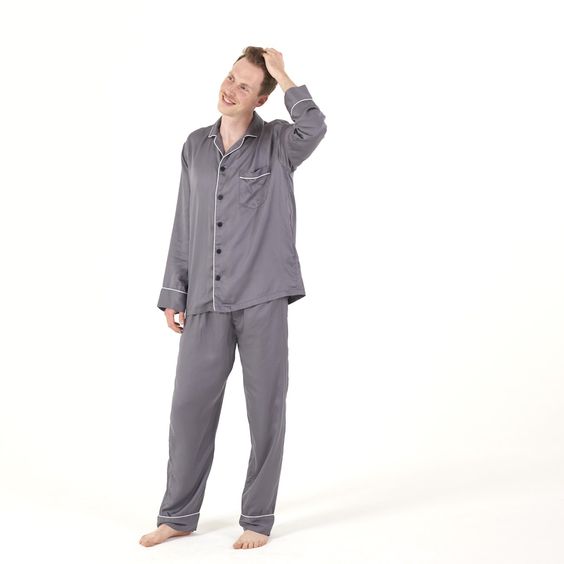
Bamboo Lyocell Pj Pants
While Lenzing AG has a variety of different factories in Europe, a great deal of their production has moved overseas to countries like China and Indonesia. While some Tencel is still produced in countries like Austria, the United Kingdom, and the USA, the majority of this fabric is now produced in China.
Since Lenzing now holds the Tencel patent, it remains the largest producer of this textile in the world. A variety of smaller companies may also make this fabric in minuscule quantities, but if you’ve worn a lyocell garment, chances are it was made by Lenzing AG in one of their Chinese factories.
How Much Does Lyocell Fabric Cost?
Rayon and other cellulose fabrics were originally produced as cheaper alternatives to silk. While silk production is all-natural and relatively sustainable, it’s hard to produce silk in large quantities, which prompted the birth of the “artificial silk” revolution that ultimately resulted in the development of modern rayon.
While it’s true that cellulose fabrics remain cheaper to produce than silk, the same can’t be said for cotton. While prices of cotton and cellulose fabrics fluctuate, cotton has been significantly cheaper to produce in the last decade or so. If global economic trends remain stable, cotton will remain less expensive than lyocell and similar fabrics from a production standpoint.

Organic Bamboo Lyocell fabric
However, the difference in price between cotton and Tencel is nearly negligible, and some manufacturers may prefer the process of producing cellulose fabrics to the process of manufacturing cotton. Lyocell, in particular, is one of the simplest cellulose fabrics to produce, and it generates very little waste.
Even if cellulose fabrics become less popular than cotton due to price fluctuations, lyocell fabric is much more useful than cotton in a number of applications. This textile’s tensility is off the charts, and it is highly durable in commercial applications. Manufacturers are more than happy to pay slightly higher prices for these benefits.
What Different Types of Lyocell Fabric Are There?

There is, from a chemical point of view, only one type of lyocell fabric. Even when this substance is called Tencel, it has the same chemical composition, and it is made using the same process.
However, there are a couple of fabrics that are very similar to lyocell fabric that you should be aware of as you learn more about this textile. Examples of these similar fabrics include:
-
- Viscose rayon: This fabric was the first type of cellulose textile to rise into popularity. Viscose rayon has been produced since the first few decades of the 20th century, and it was preceded by a number of cellulose fabric prototypes that were discontinued due to flammability or untenable production processes.
Viscose rayon remains a popular fabric, and it is produced around the world. However, the viscose production process is much more complicated than the process that is used to create lyocell, and it is much more impactful on the environment. In some cases, viscose rayon may be cheaper to produce than Tencel, but it’s clear that this fabric is technologically outdated.
- Modal rayon: This type of rayon is relatively similar to Tencel in a number of ways. It is made with a simpler process than viscose rayon, and it is significantly more tensile than other types of cellulose fiber. This rayon production method was discovered in the 1940s, and it represents a technical leap forward in cellulose fabric production. However, many manufacturers around the world still produce viscose rayon instead of modal rayon.
How Does Lyocell Fabric Impact the Environment?
Compared to other cellulose textiles, lyocell is much better for the environment. While the process of producing this fabric is similar to that which is used to make rayon and other cellulose fabrics, production of Tencel doesn’t introduce any toxins into the environment if it is done correctly.

Overall aus Lyocell
Unlike similar textiles, lyocell production employs a “closed loop” extraction process, which means that the same batch of amine oxide is used to extract multiple batches of Tencel. For comparison, production of viscose rayon involves a number of different chemical processes that do not employ a closed loop system, and these chemicals are then introduced into the environment in the form of contaminated water.
It is, however, important to remember that lyocell is made from trees, and a great deal of tree material is wasted in the production of this fabric. If trees for Tencel production are not grown sustainably, production of this material could have a negative environmental impact, and not all Tencel producers are guaranteed to follow the sustainable closed-loop extraction model.
Lyocell Certifications Available

Lyocell can be certified as organic under certain circumstances. To receive this certification, producers of this fabric must use organic practices to produce the trees that they use for cellulose, and they must avoid using certain toxic chemicals in the production process.
Unlike rayon, the structure of Tencel isn’t altered by any chemicals, which means that the cellulose-based fabric that is produced and labeled as Tencel is technically made solely from cellulose derived from trees. However, since amine oxide is used in the Tencel production process, some purists may not view this fabric as completely organic.
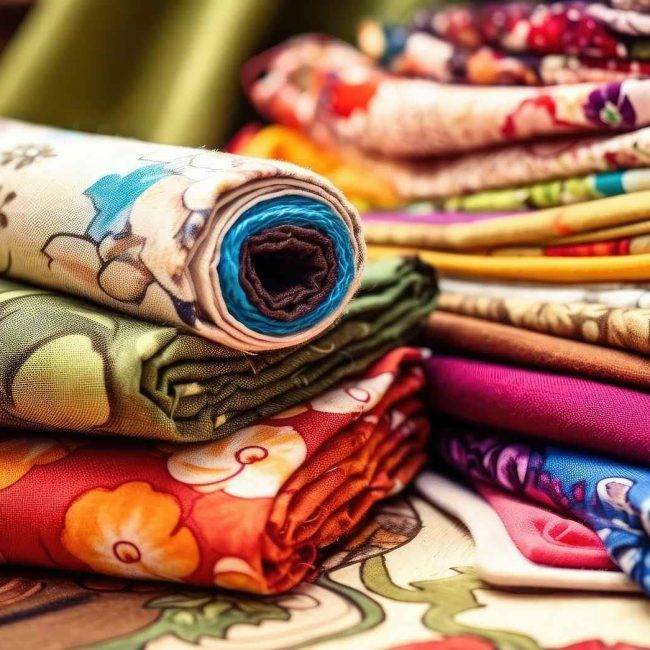
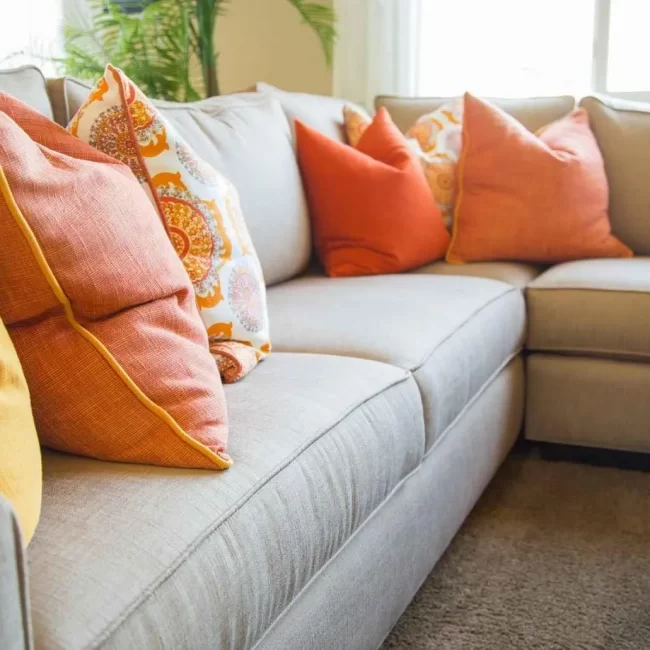
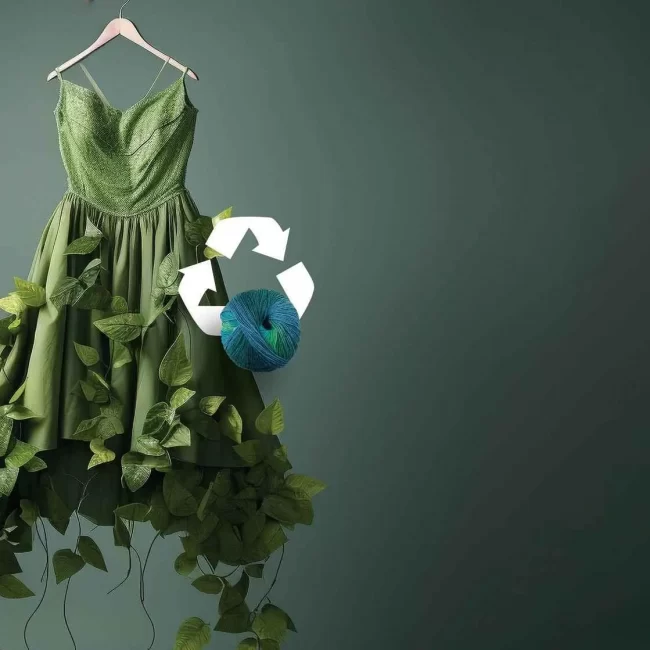
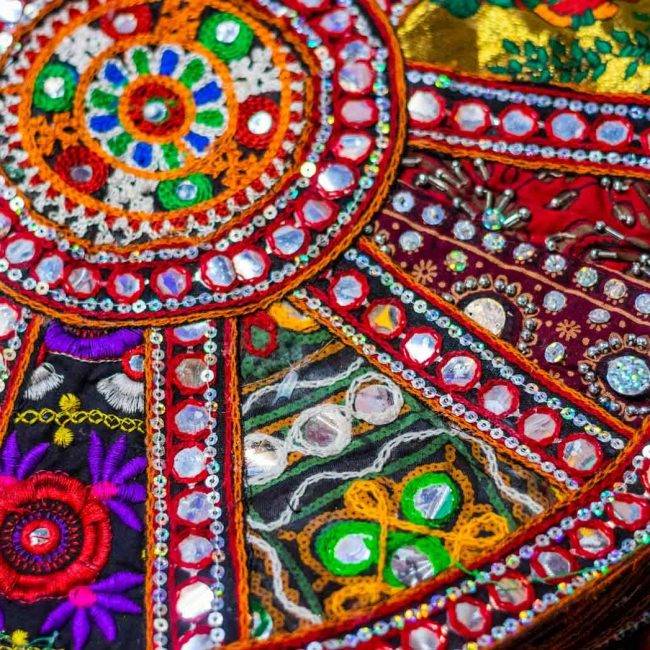
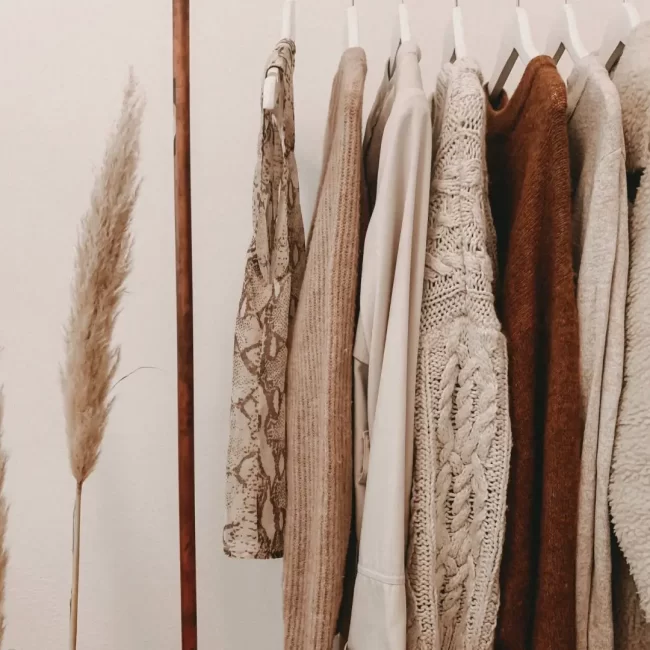
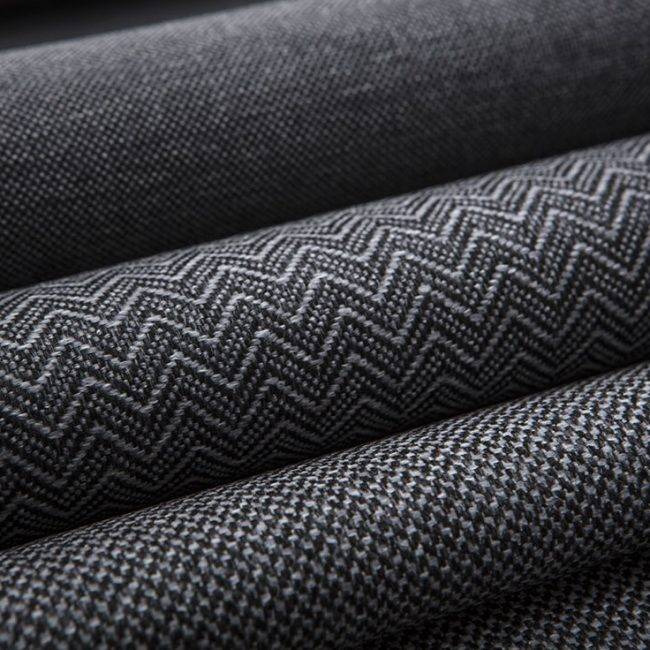
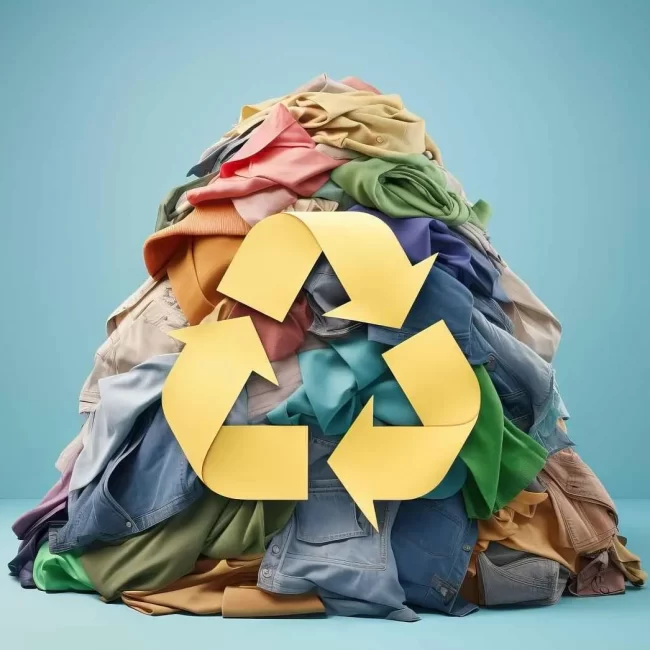
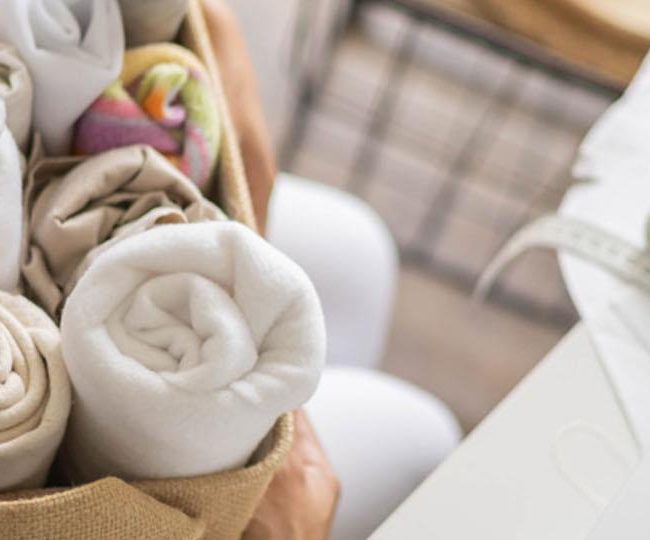
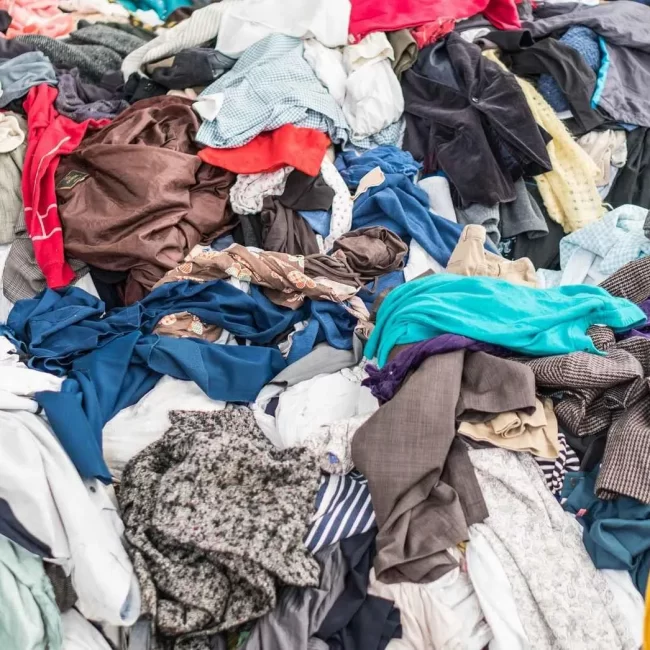
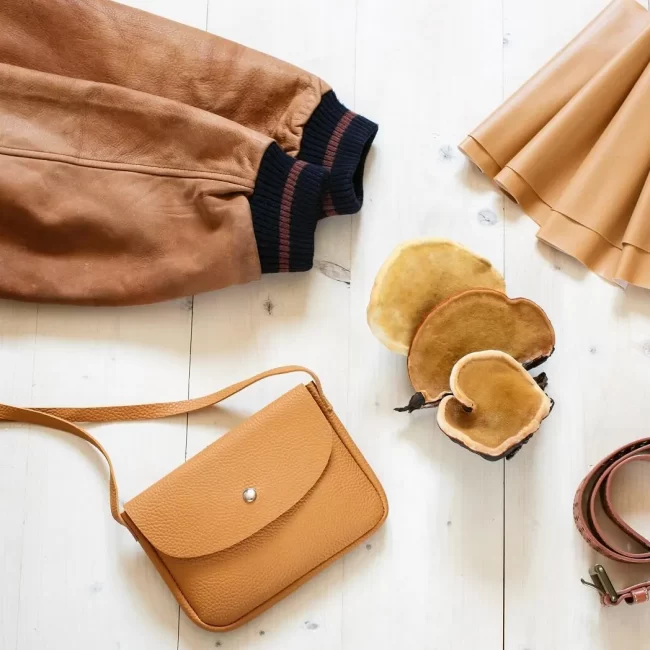
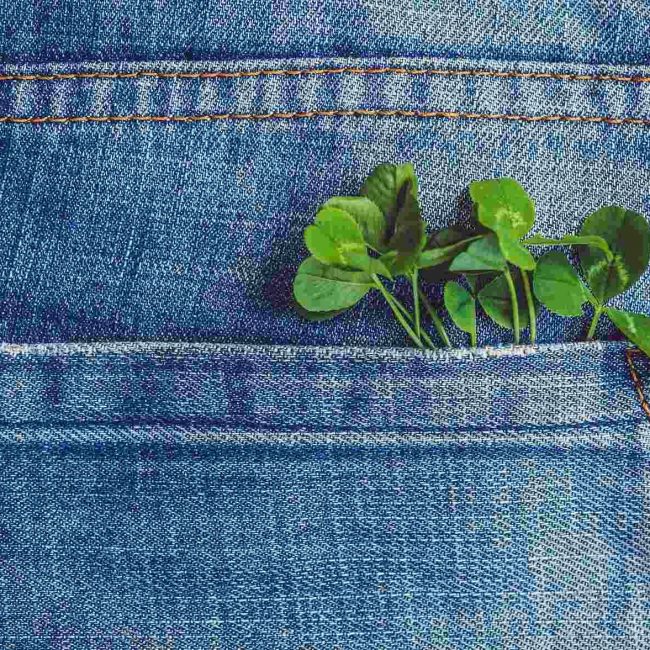
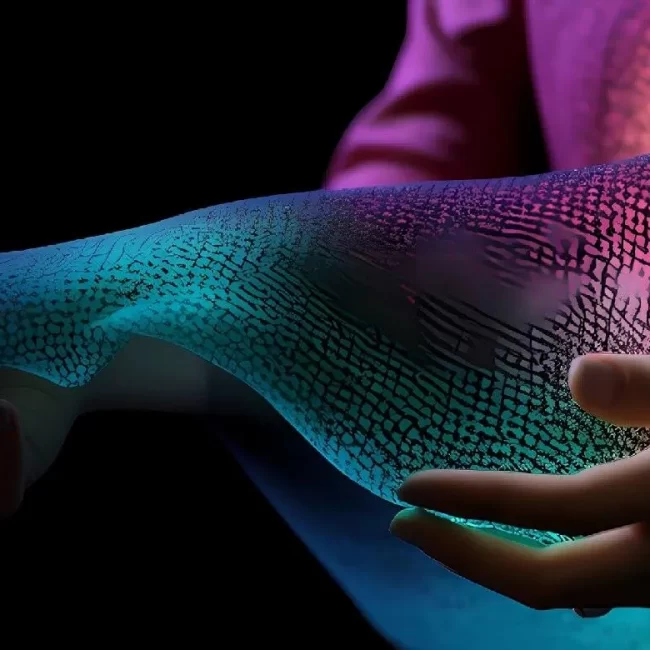
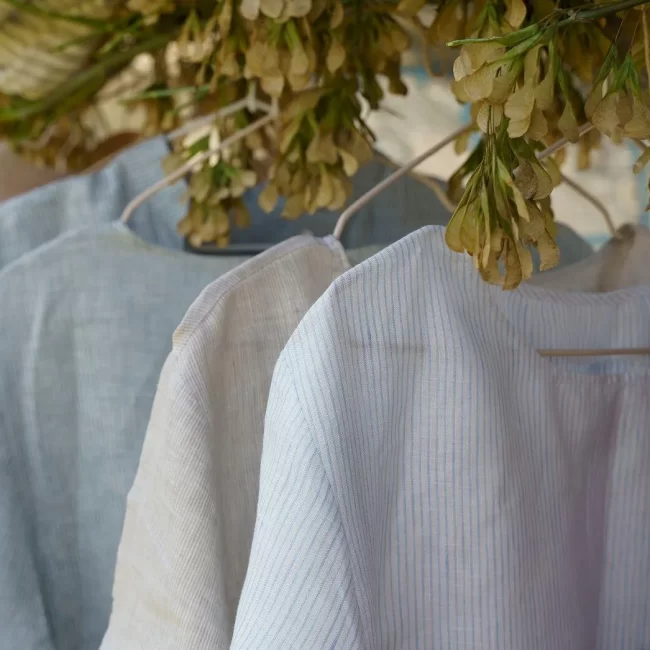
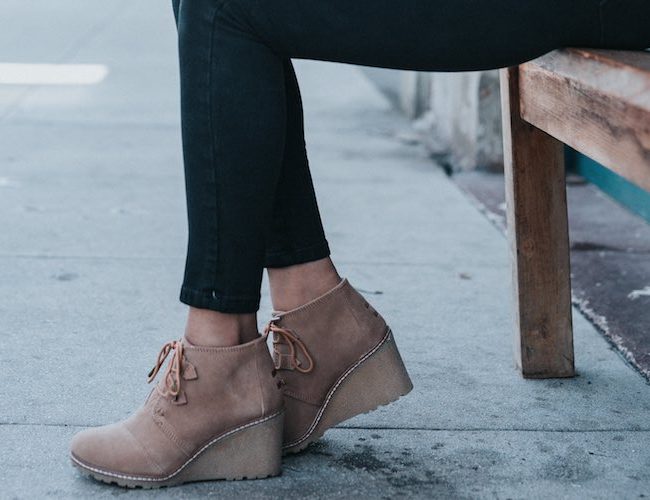
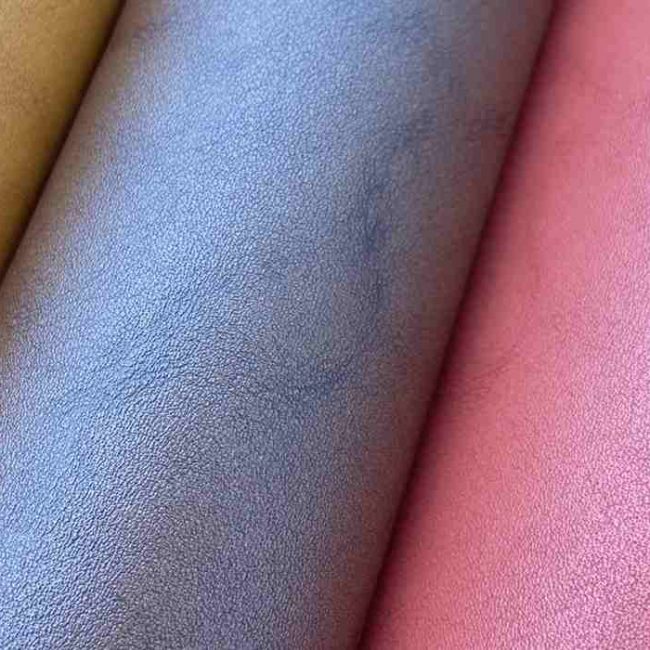
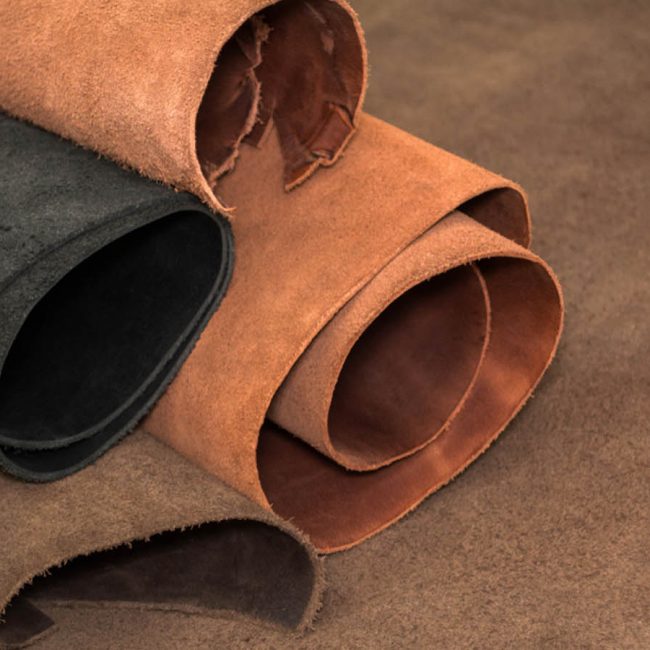
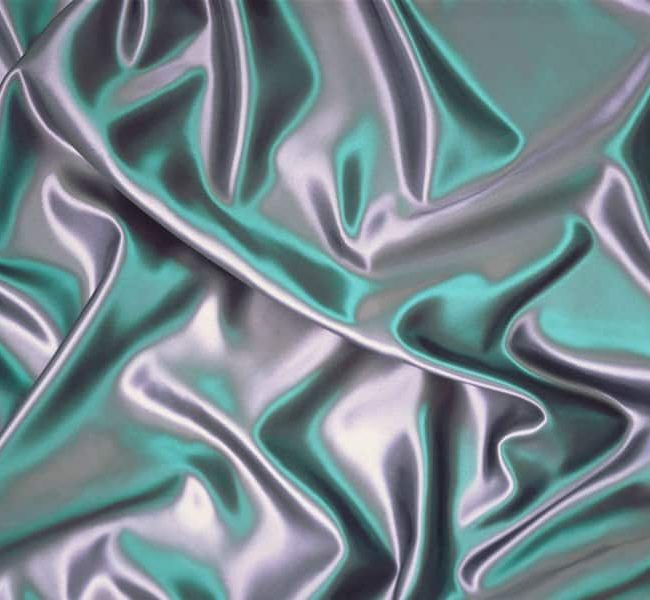
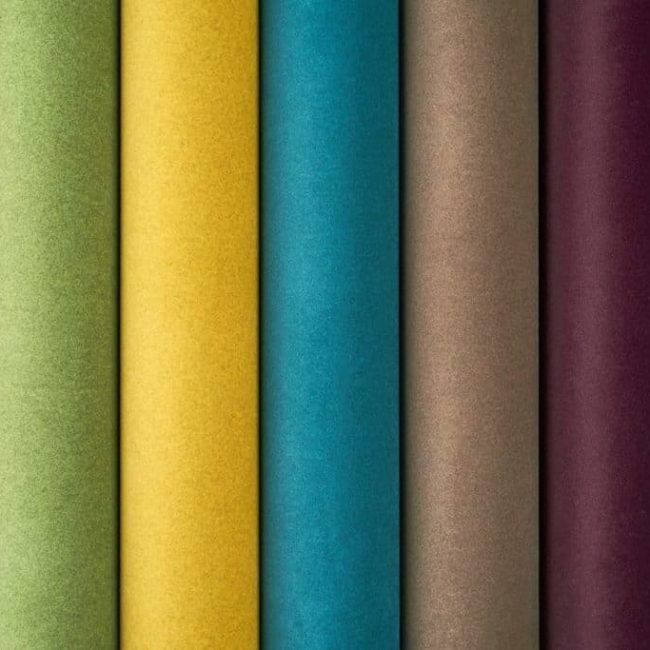
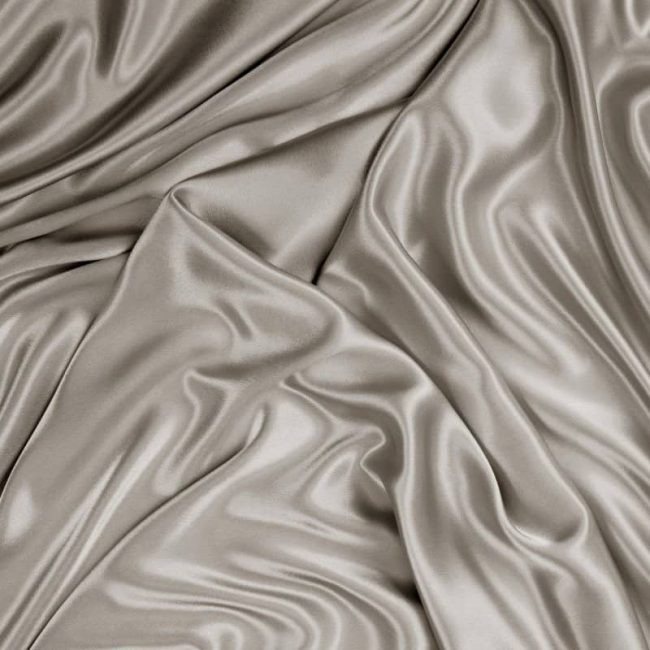
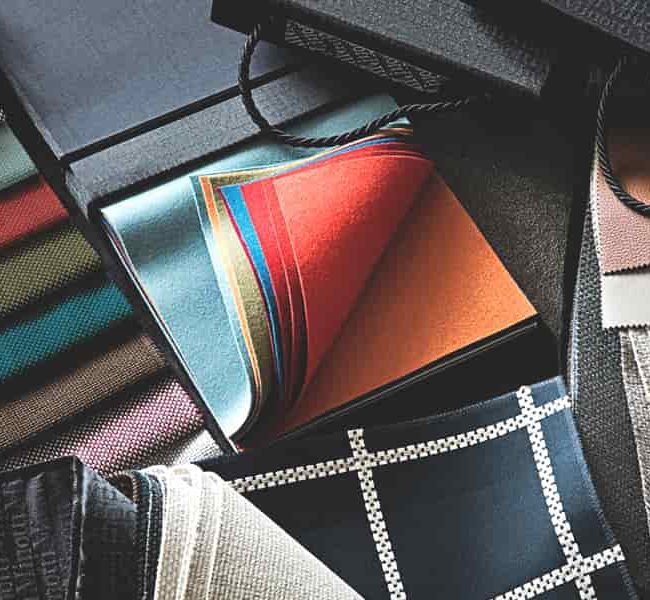
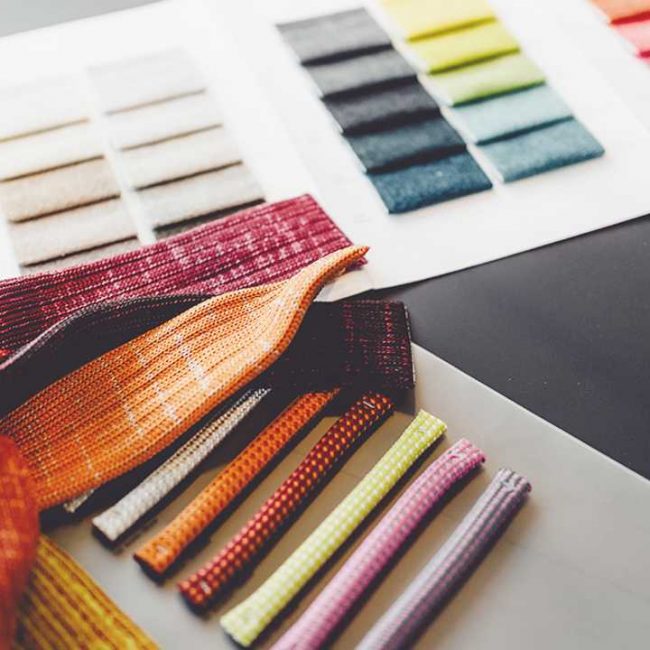
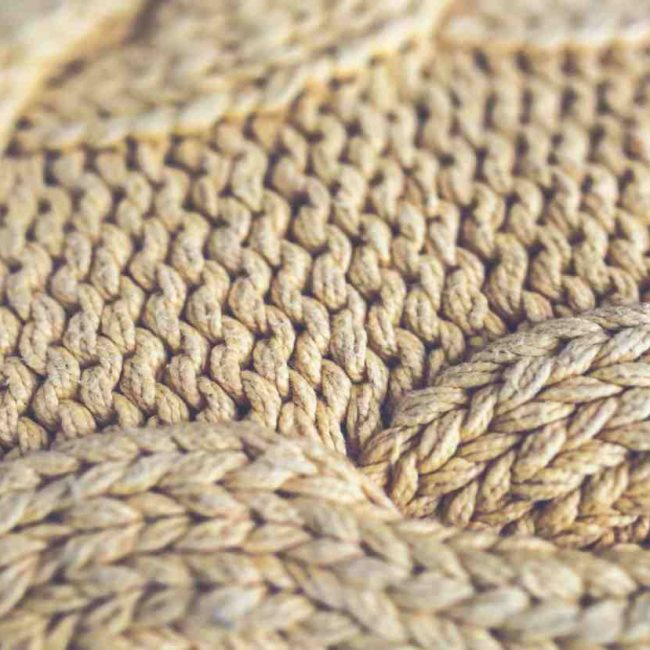
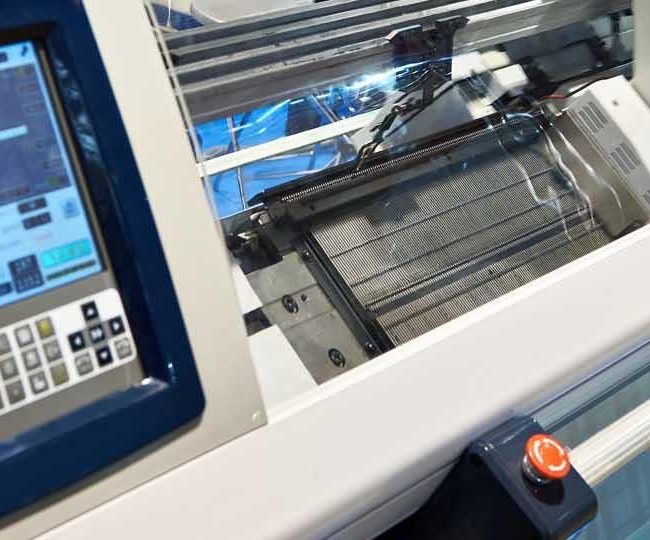
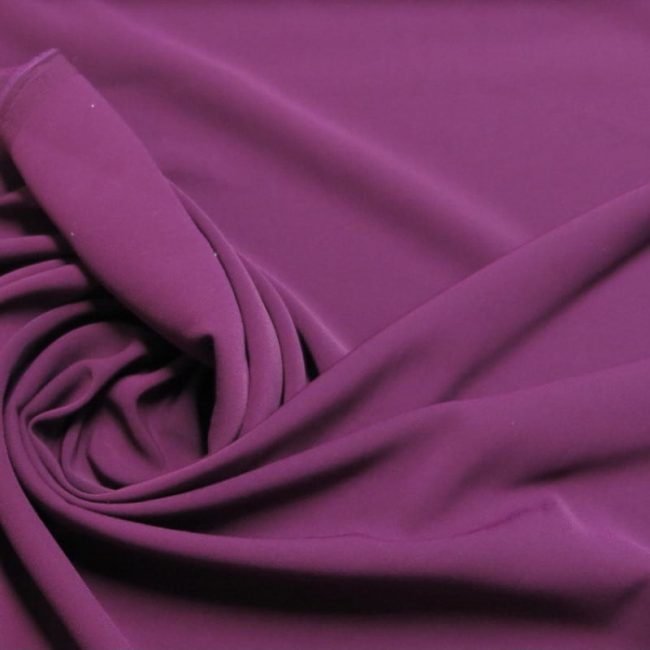
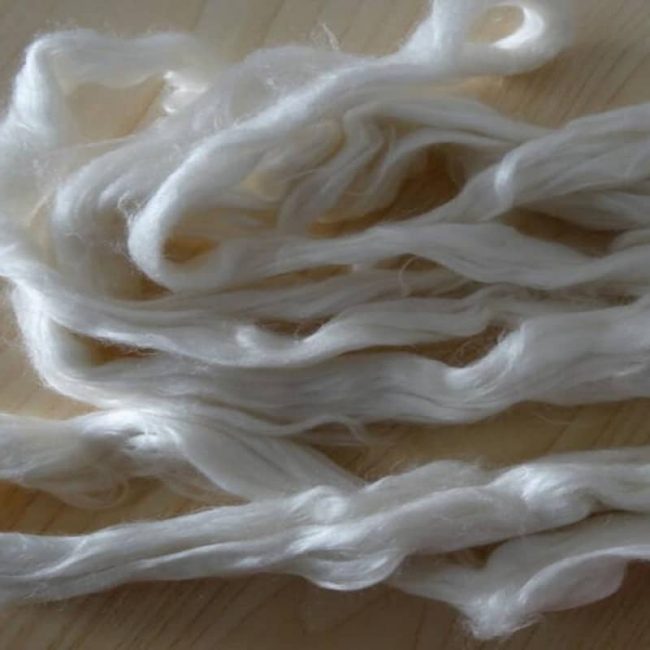
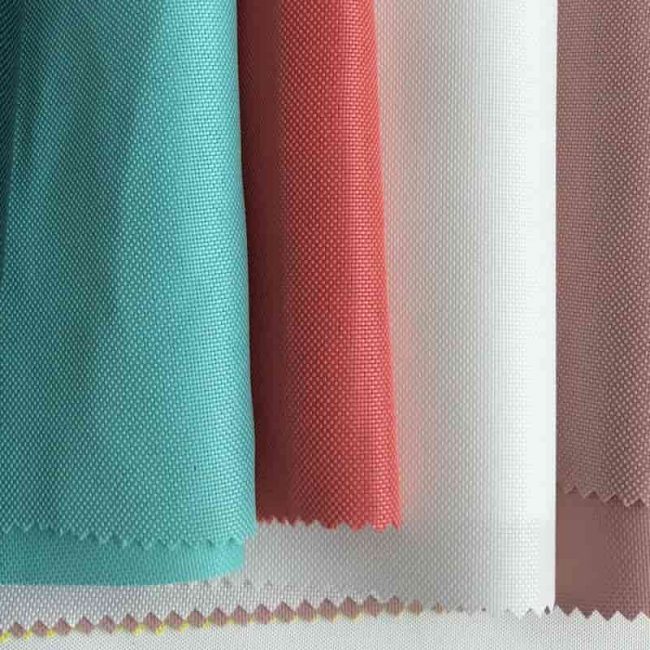
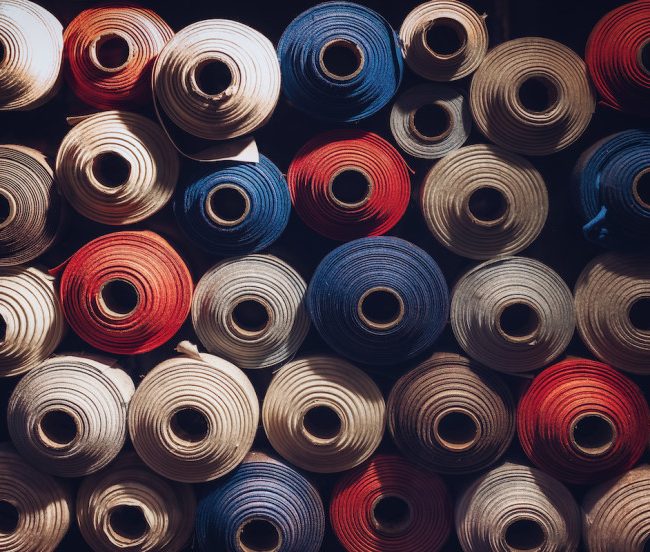
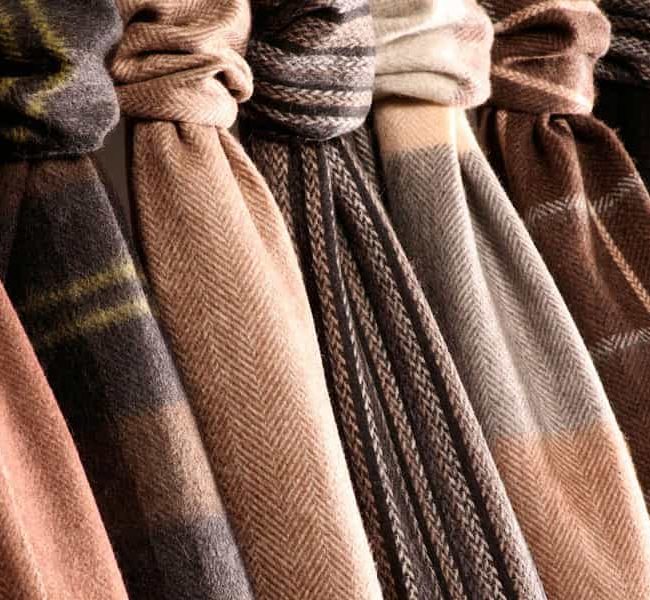
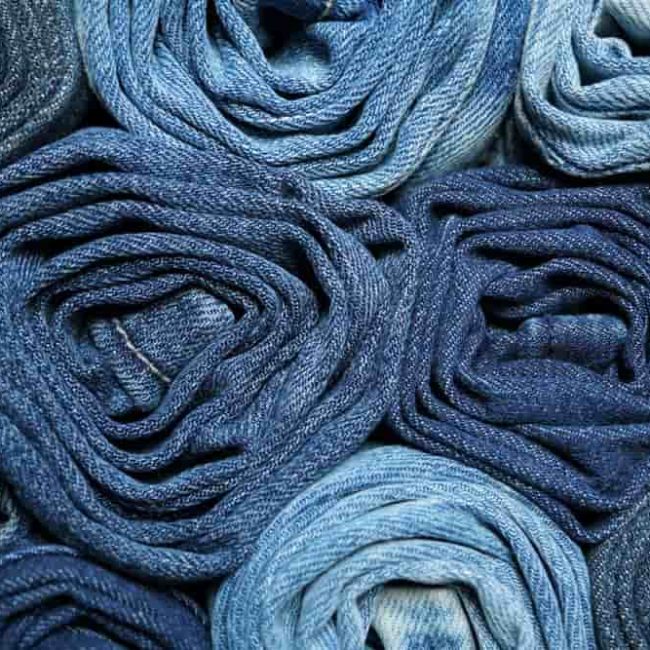
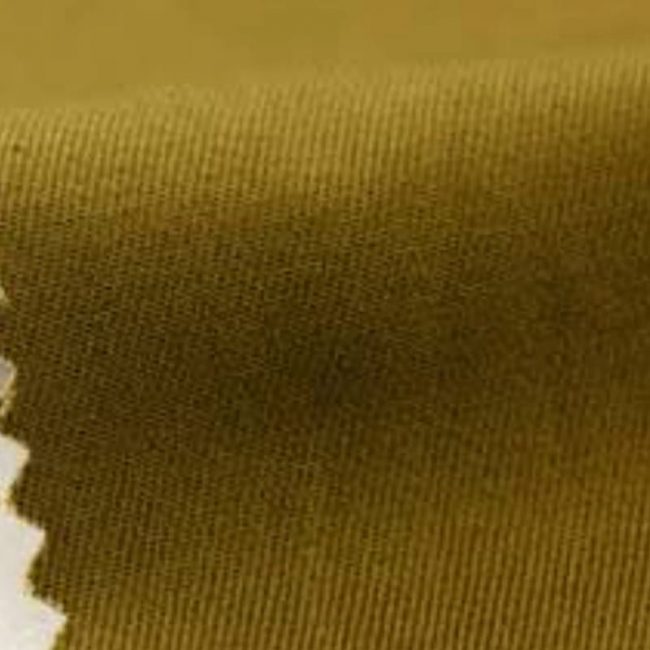
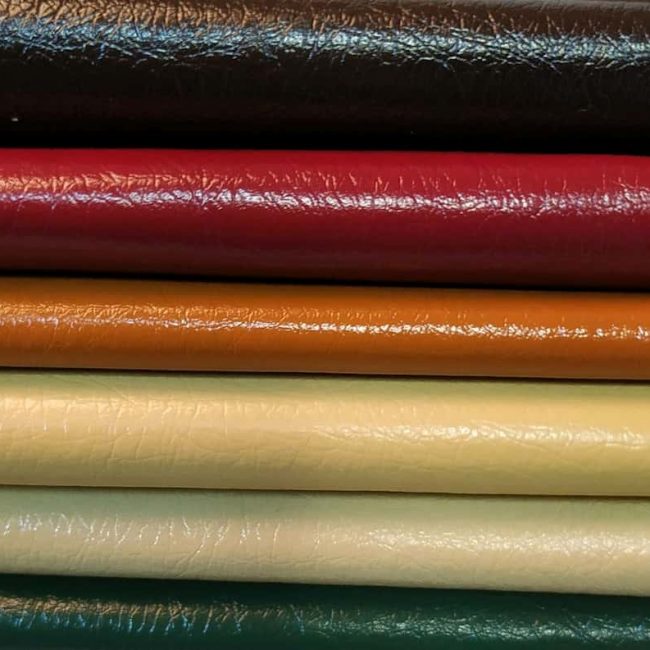
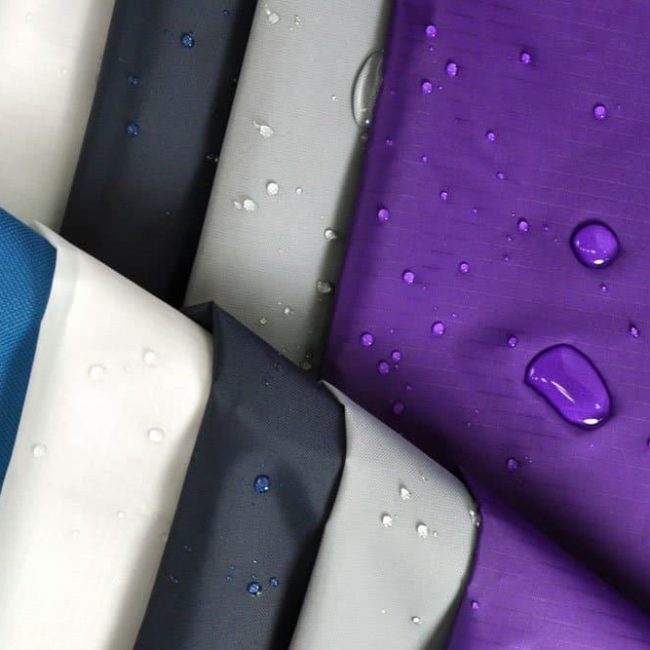
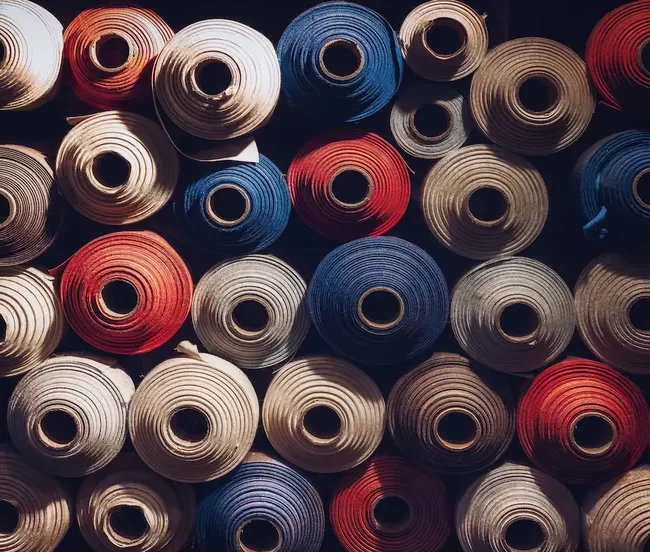
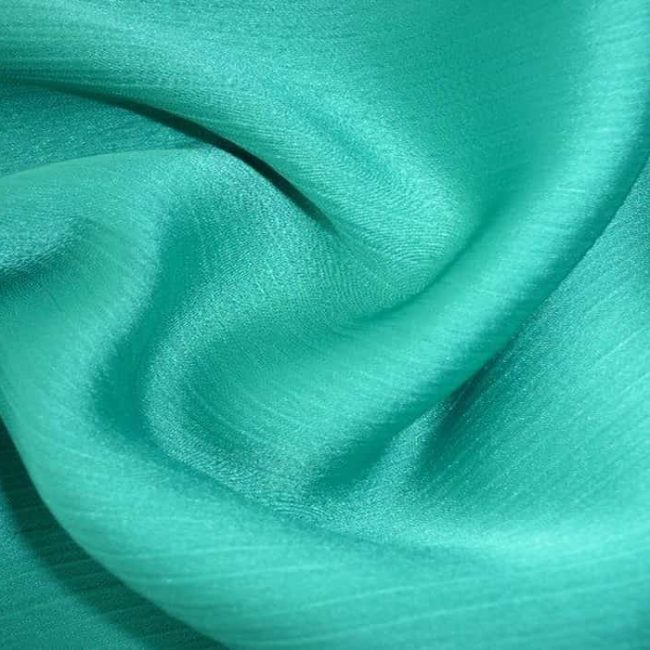

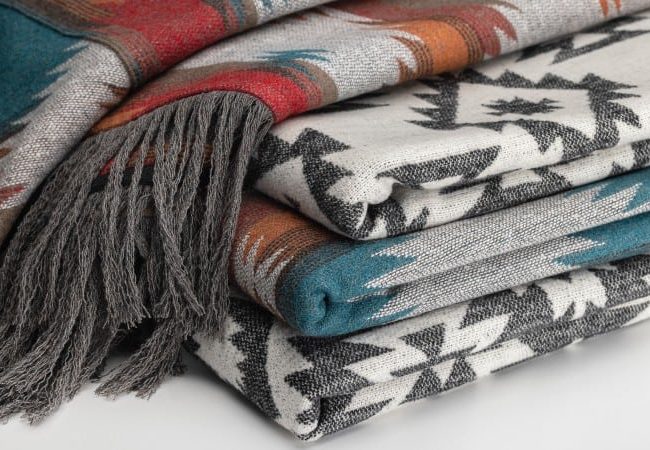

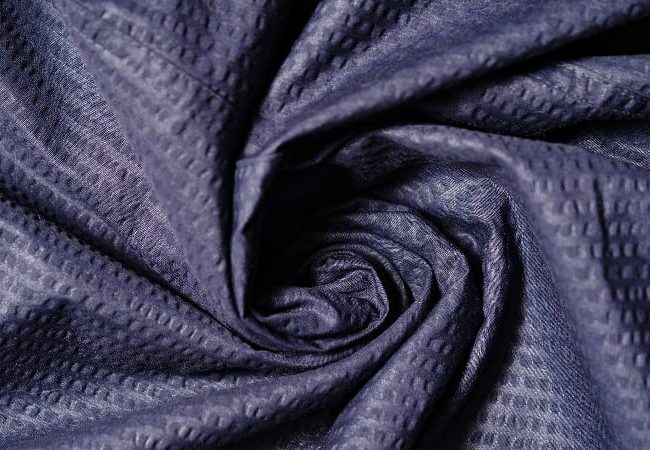
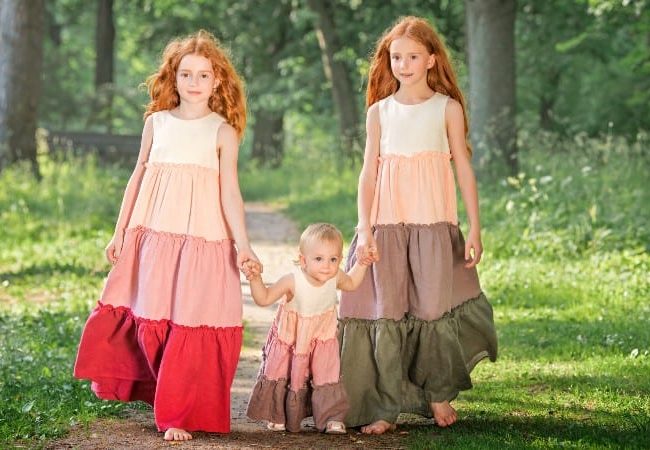
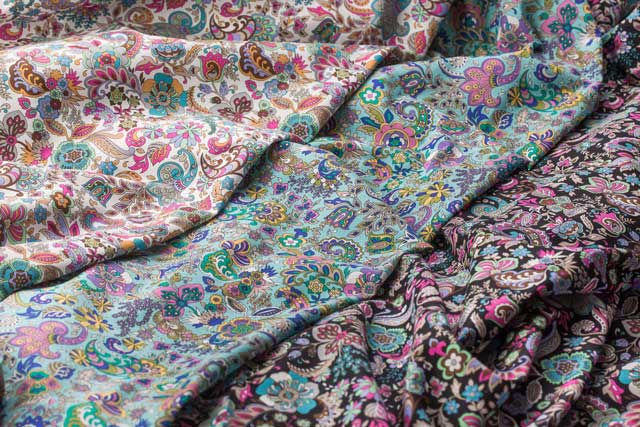
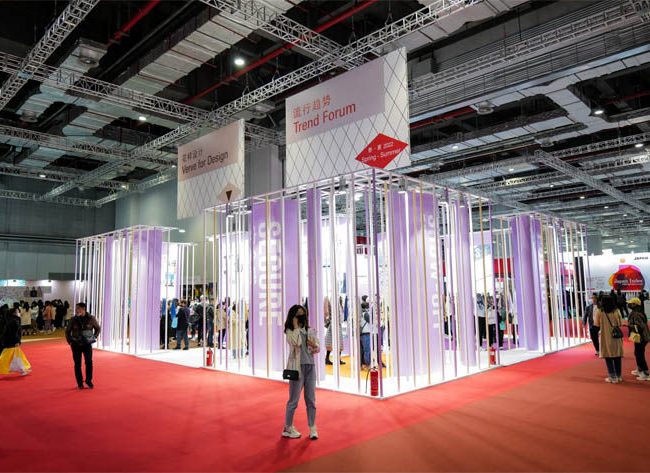

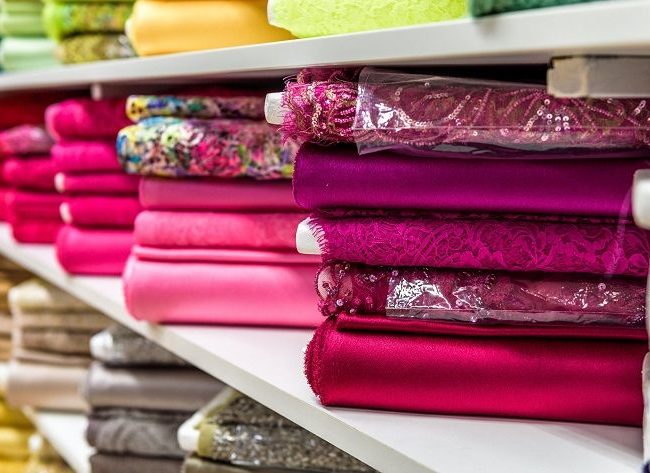
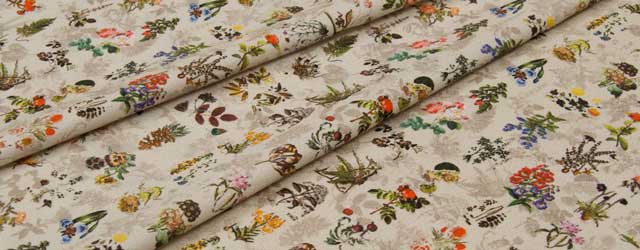
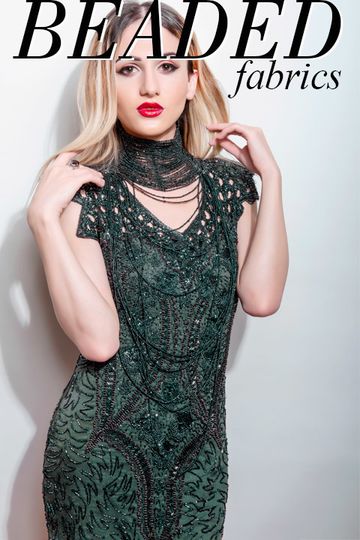
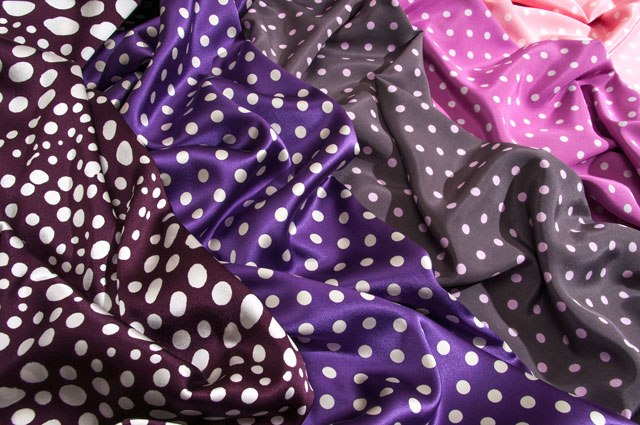
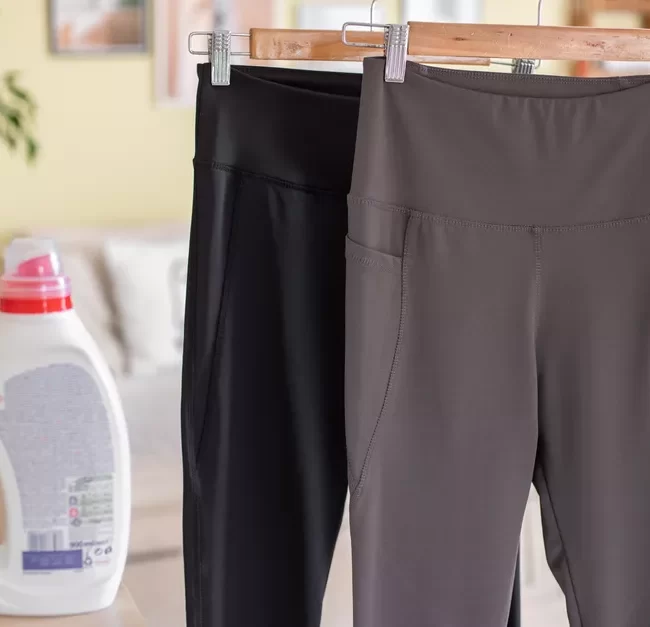
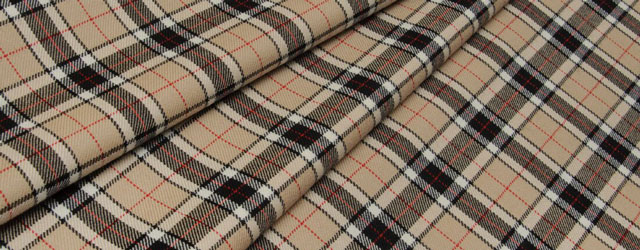
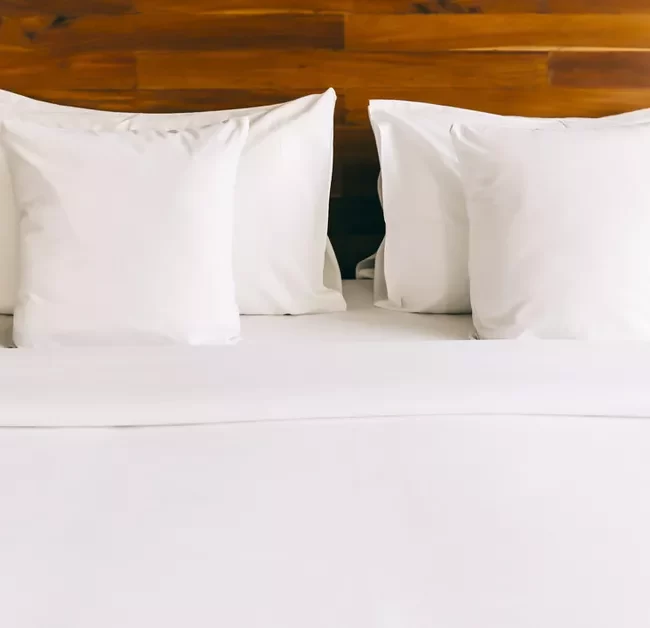
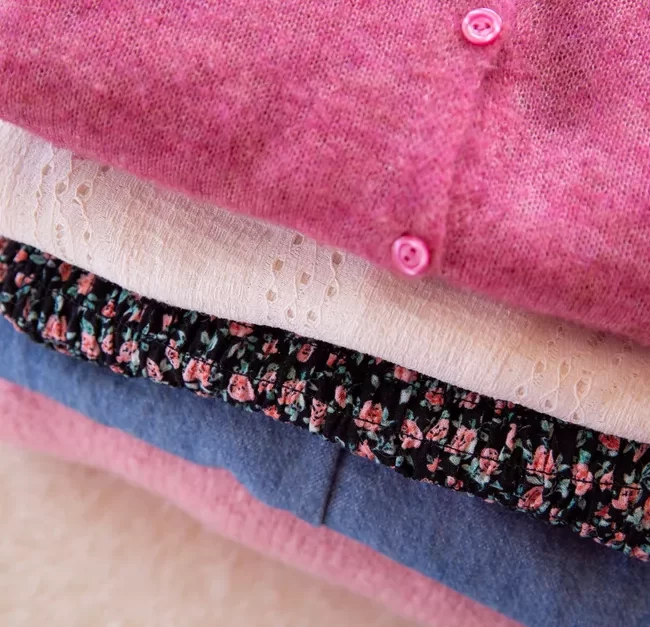
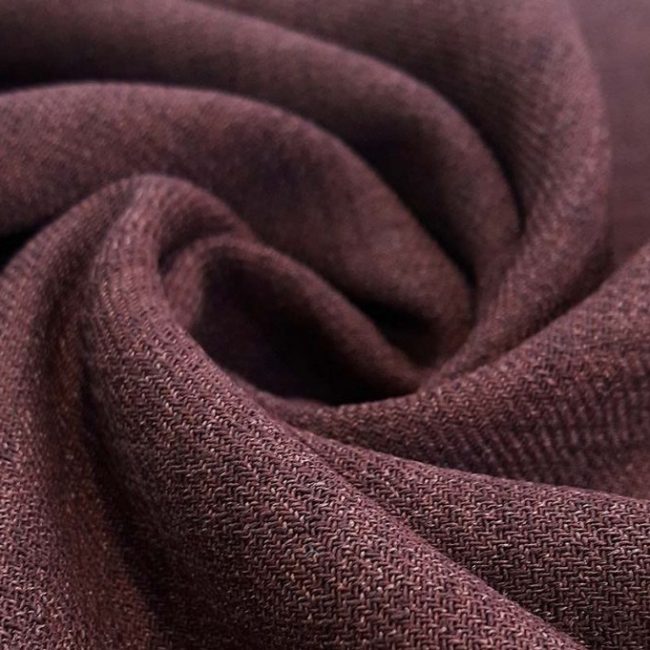
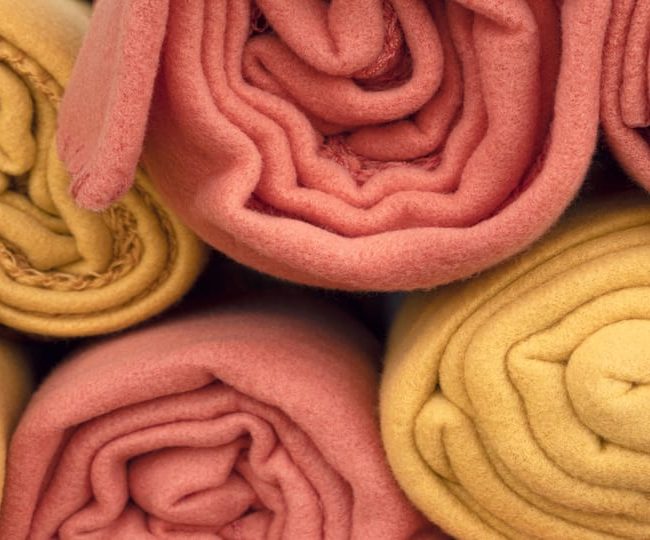
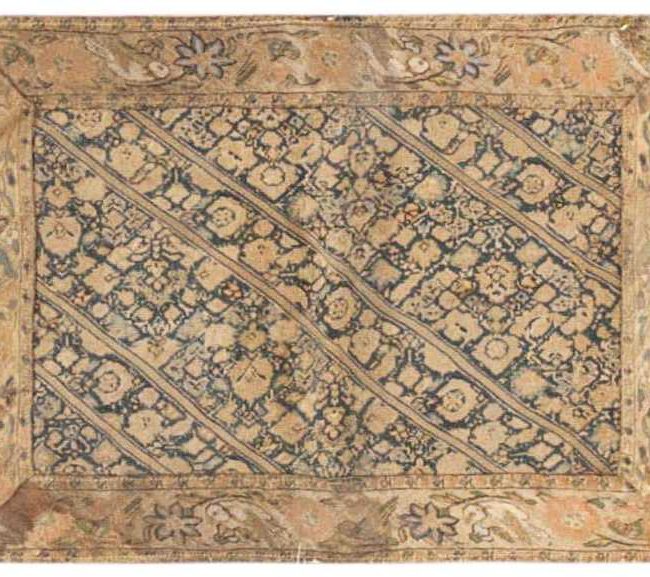
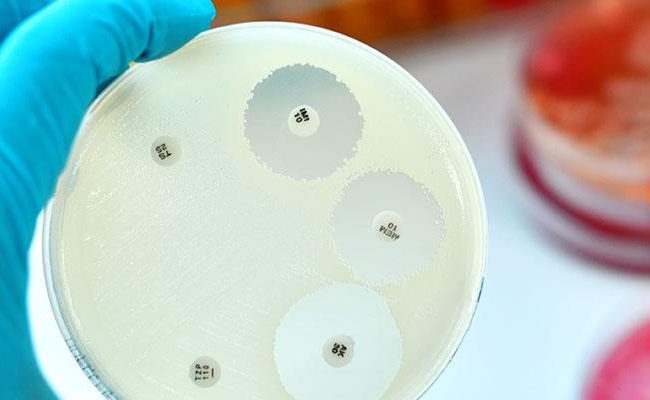
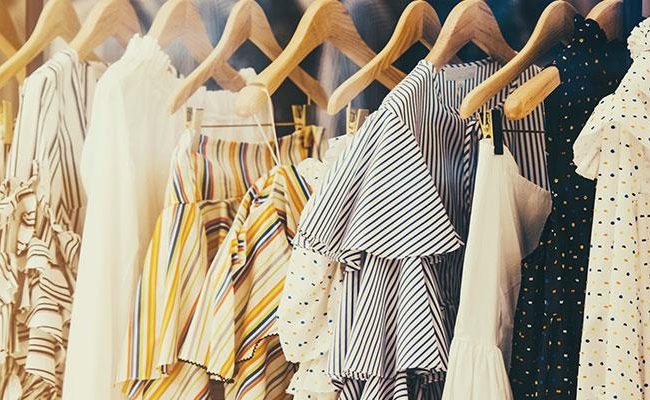

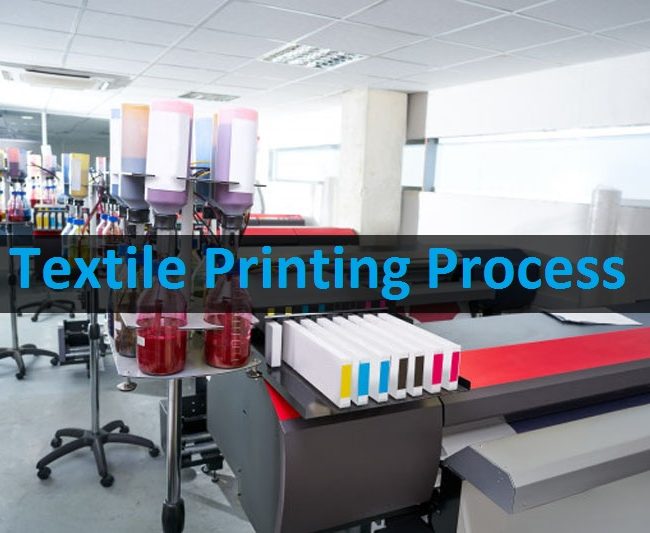
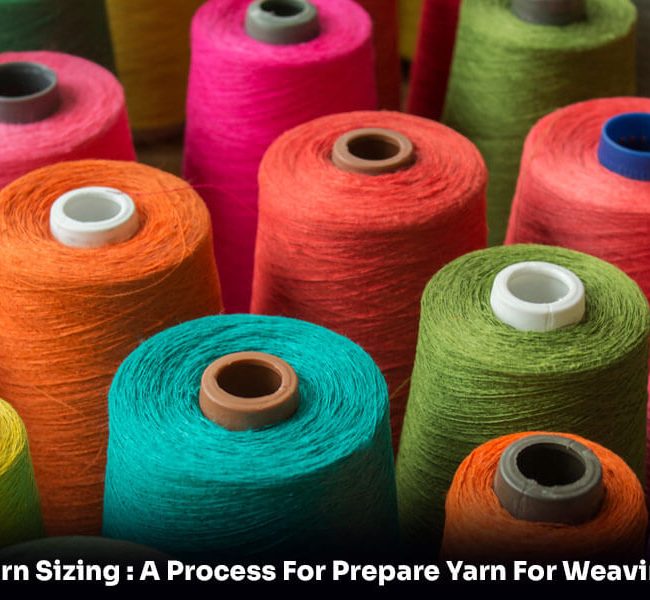

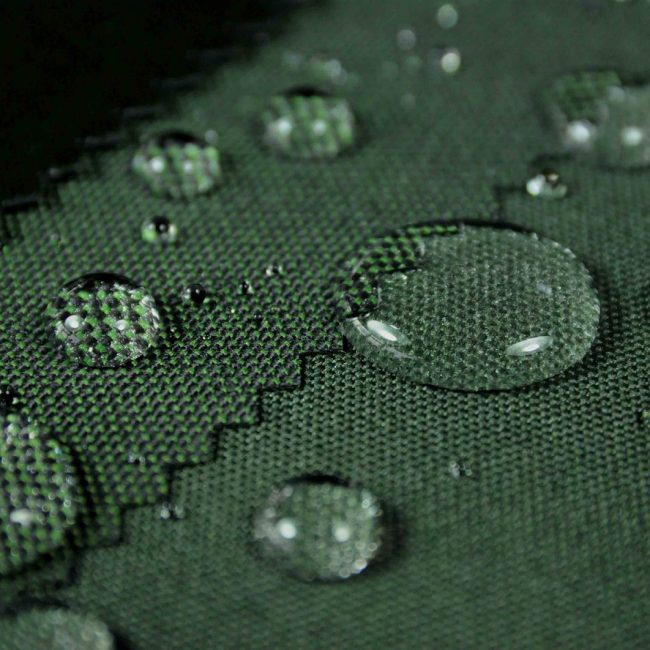
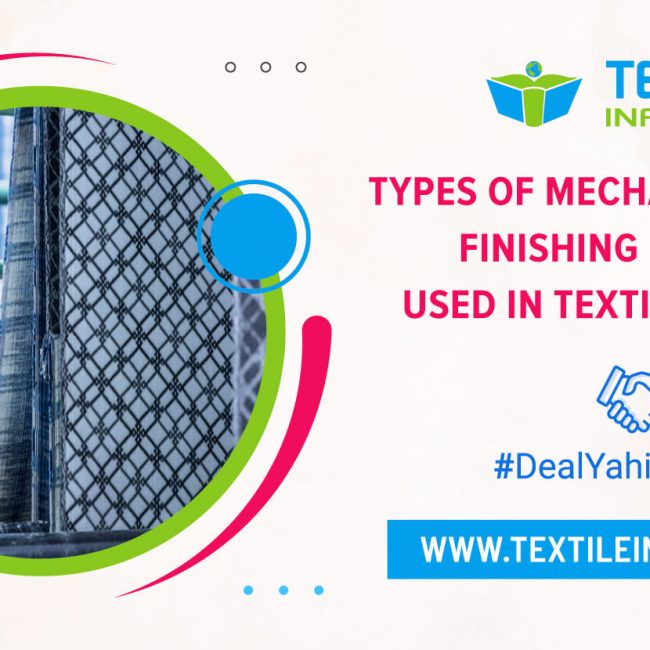
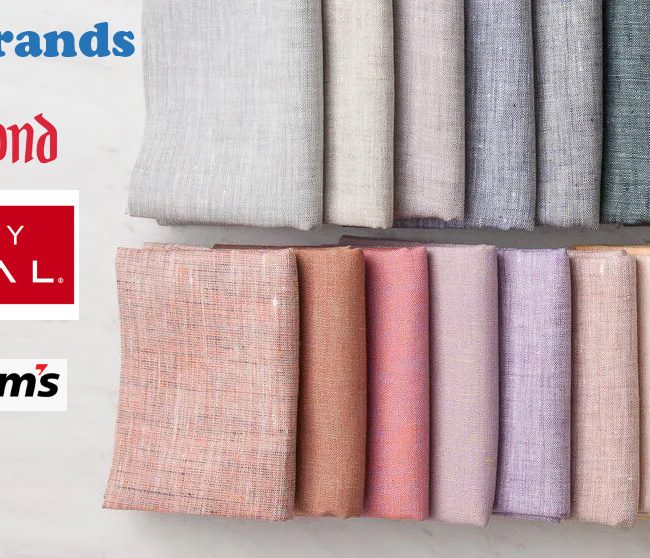
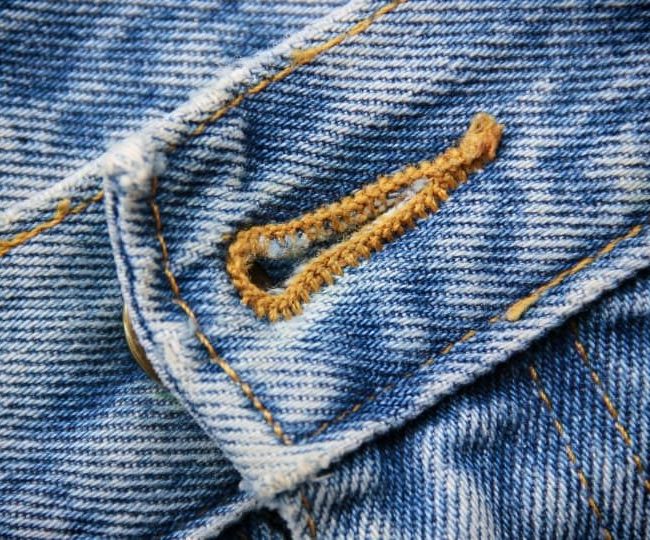
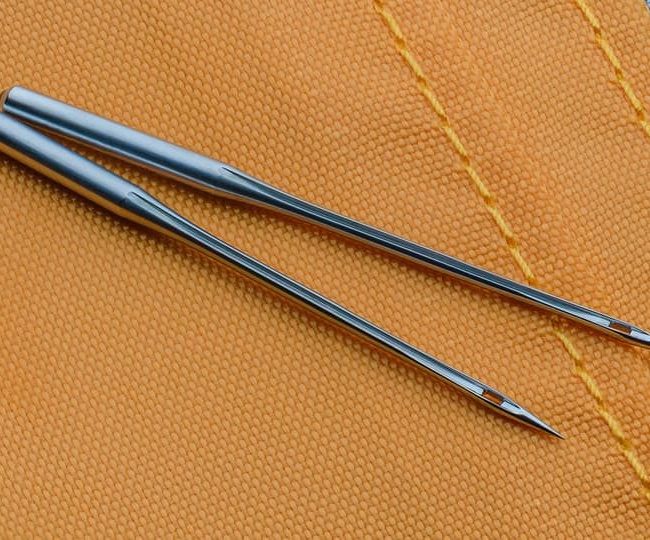
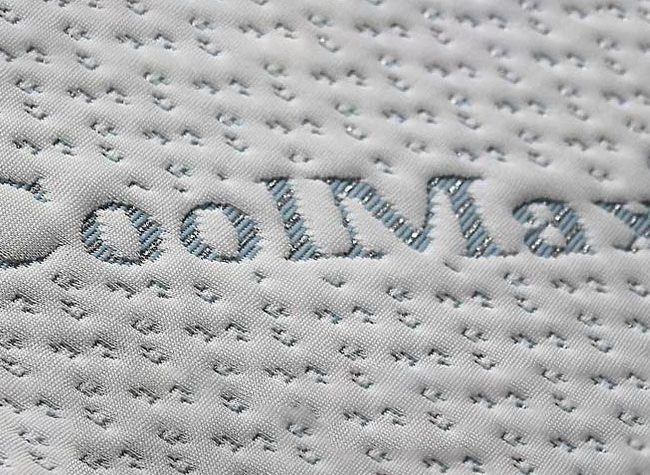
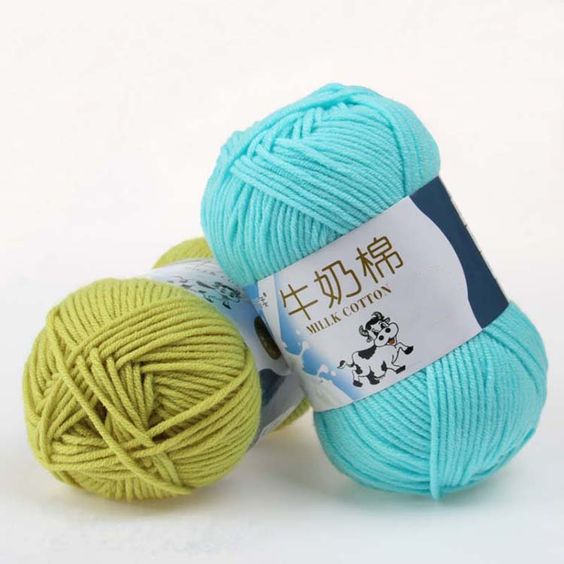
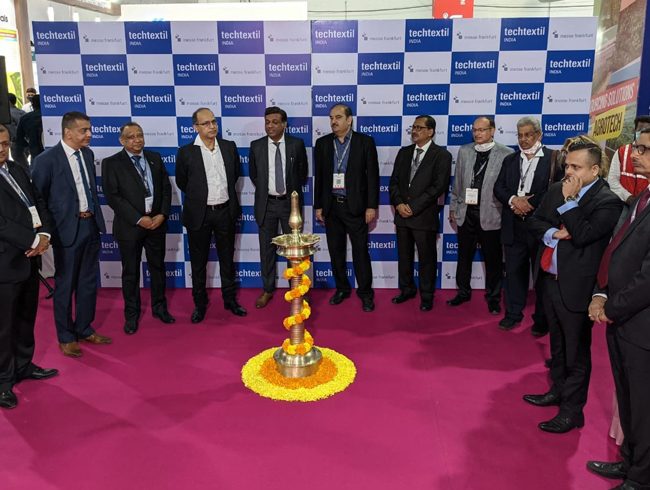
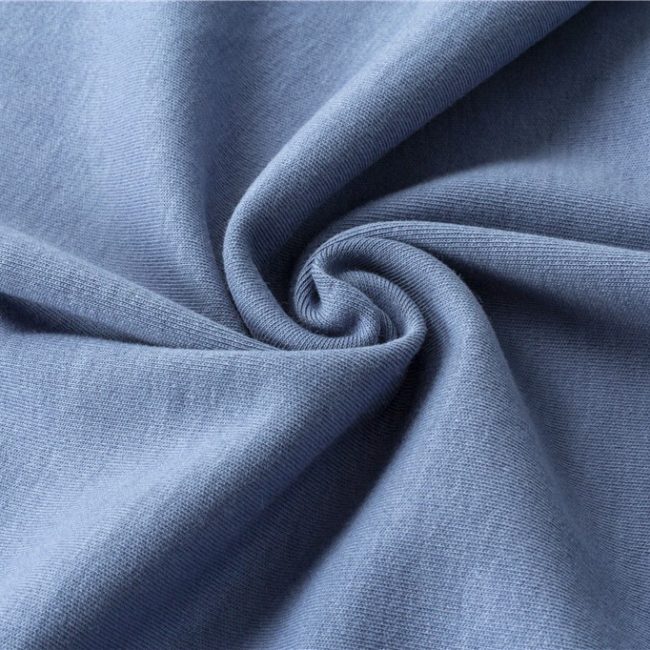
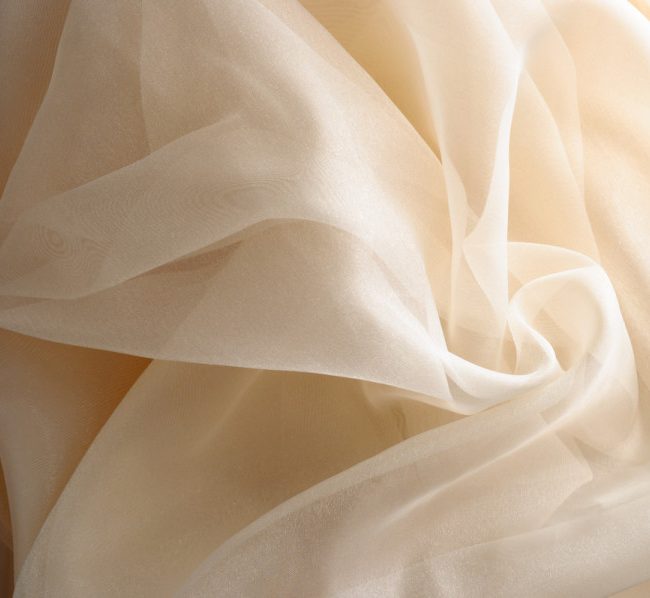
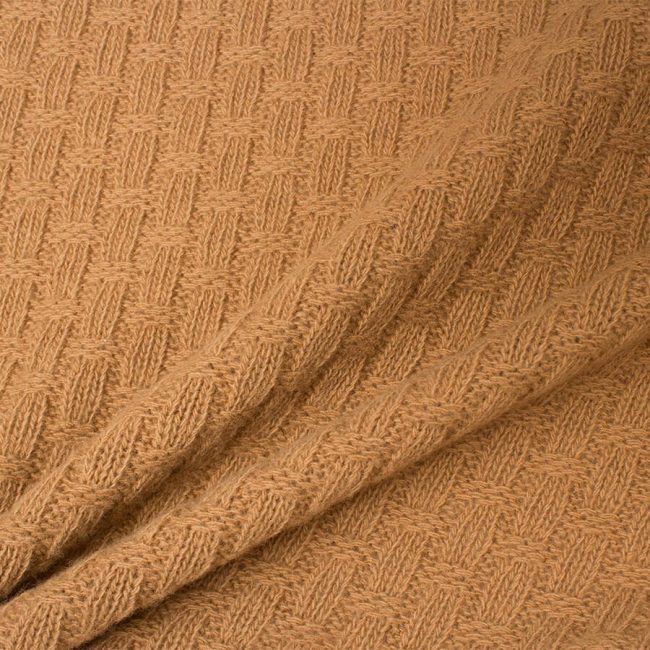
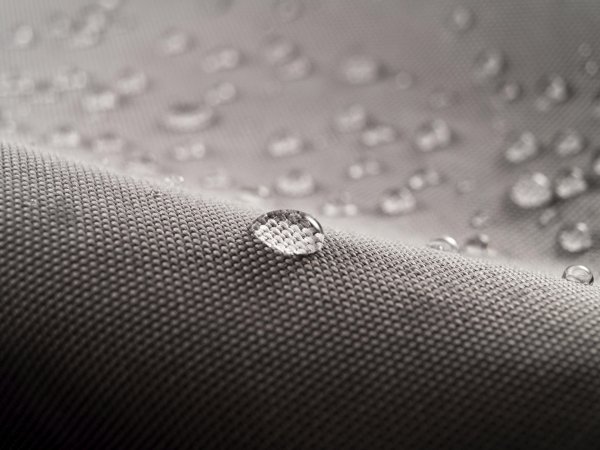
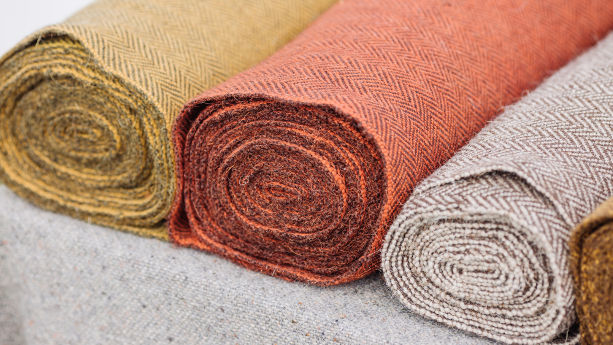
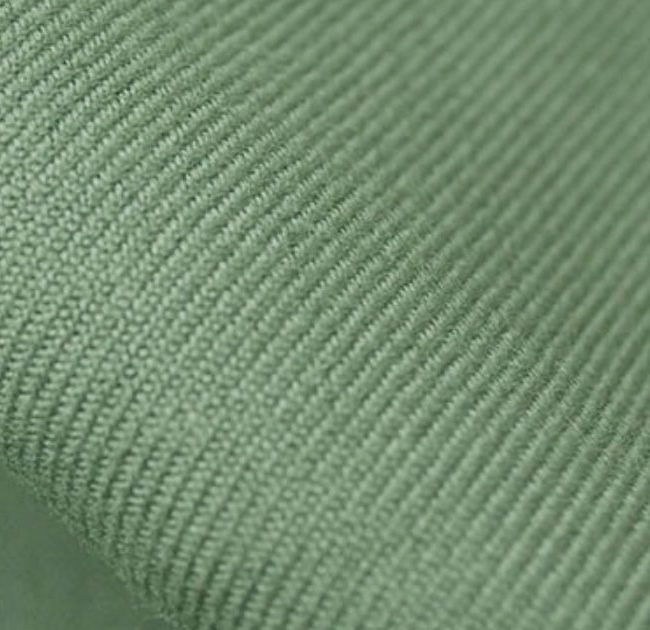
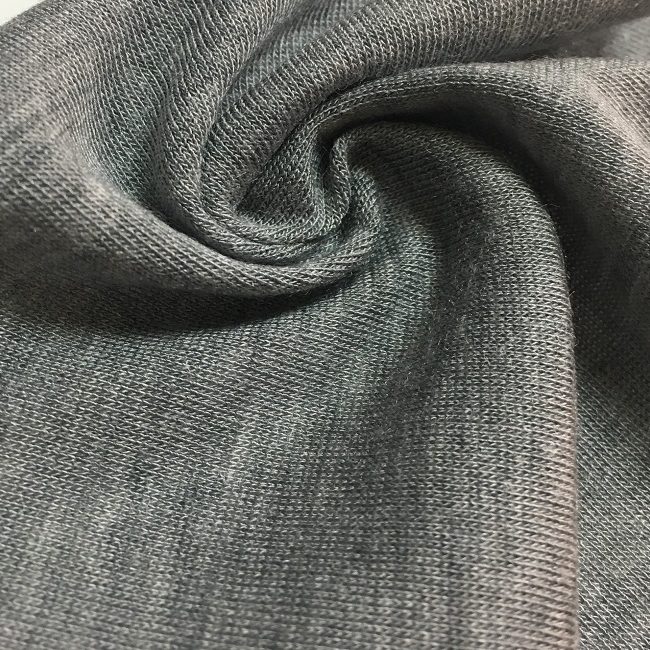

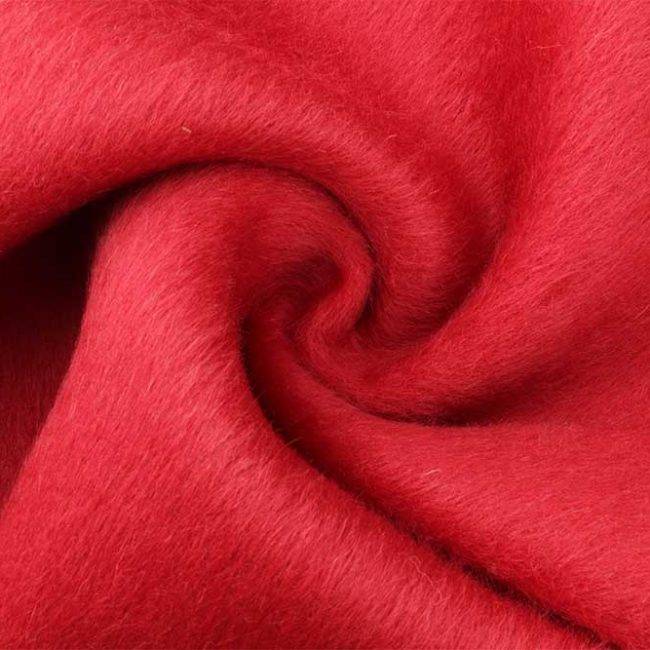
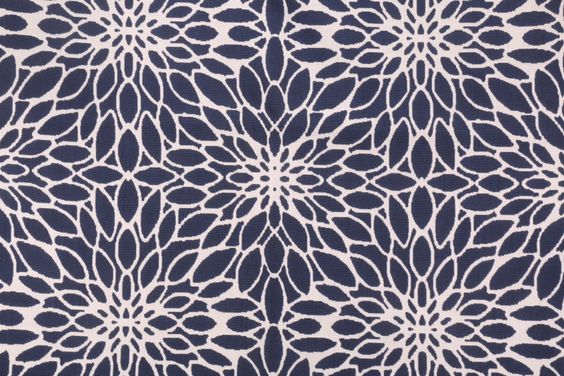
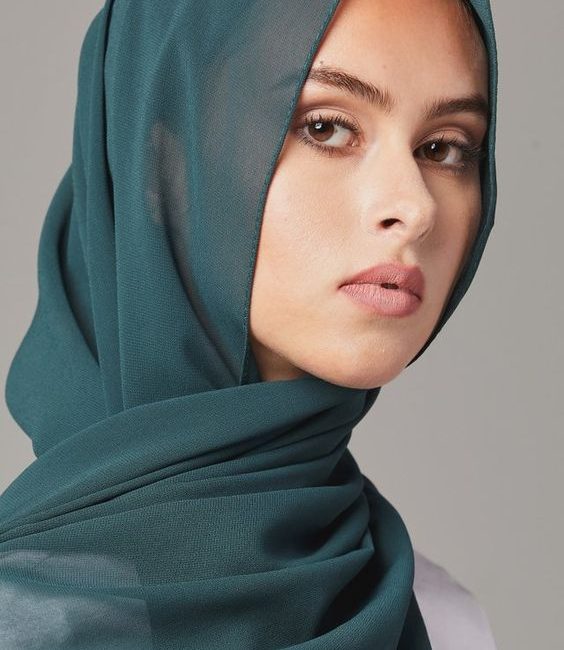
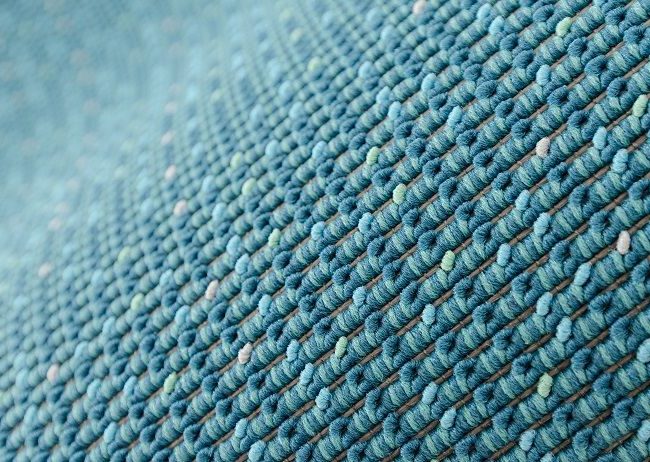
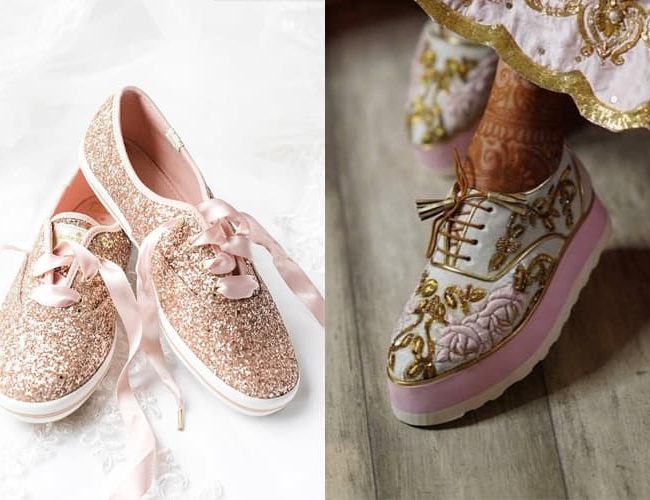


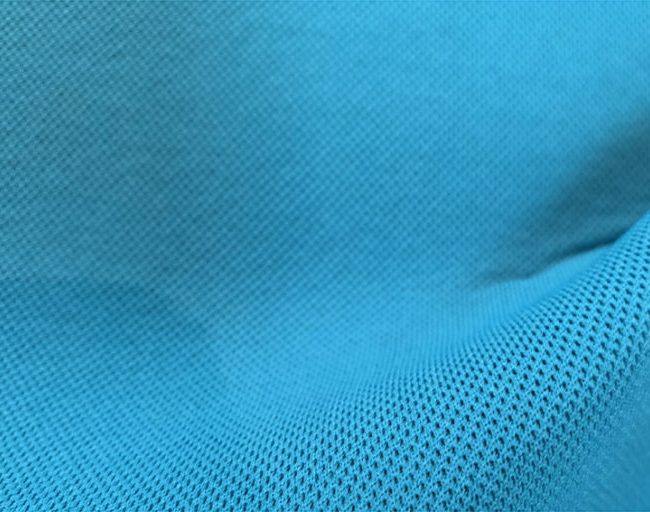
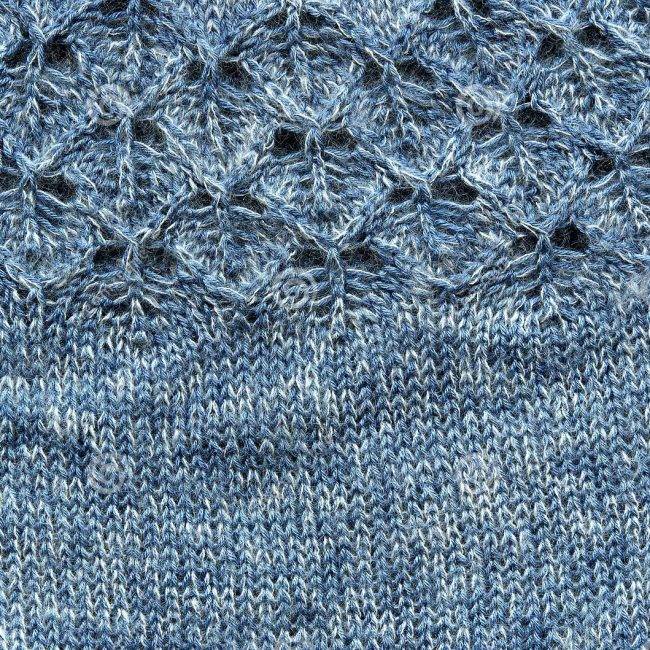
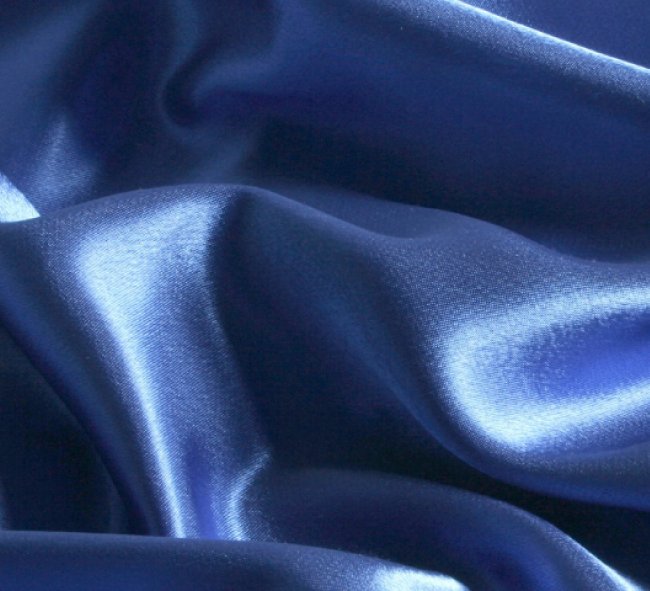

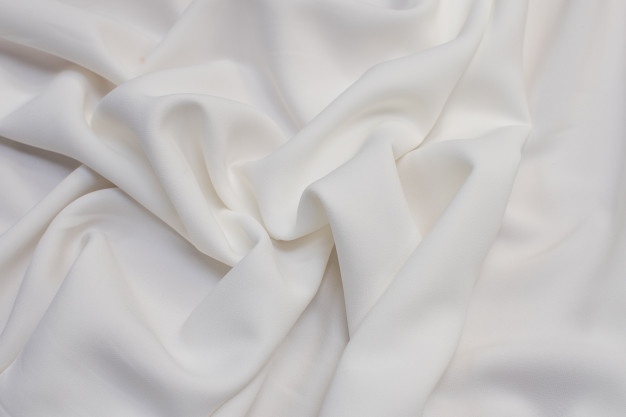
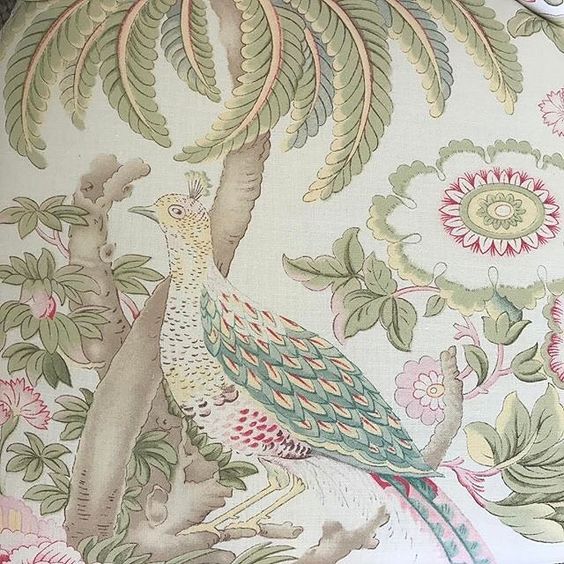
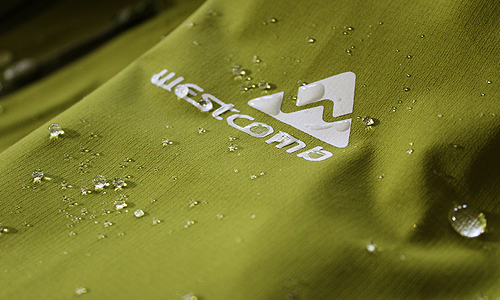
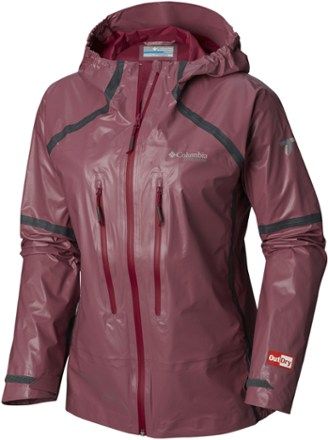

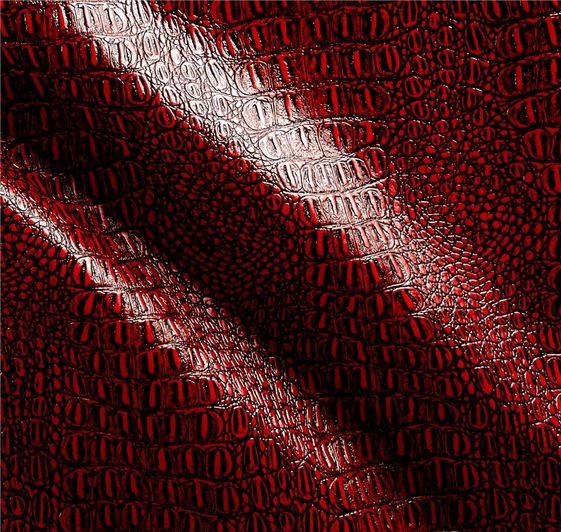
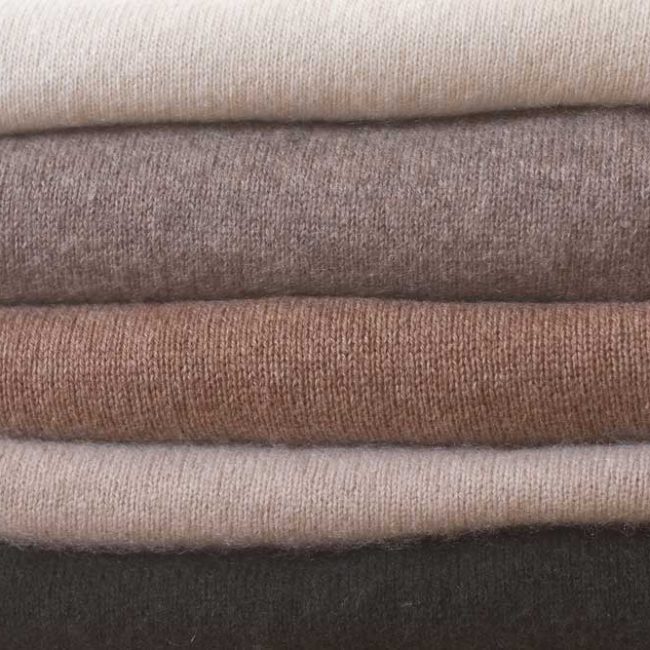
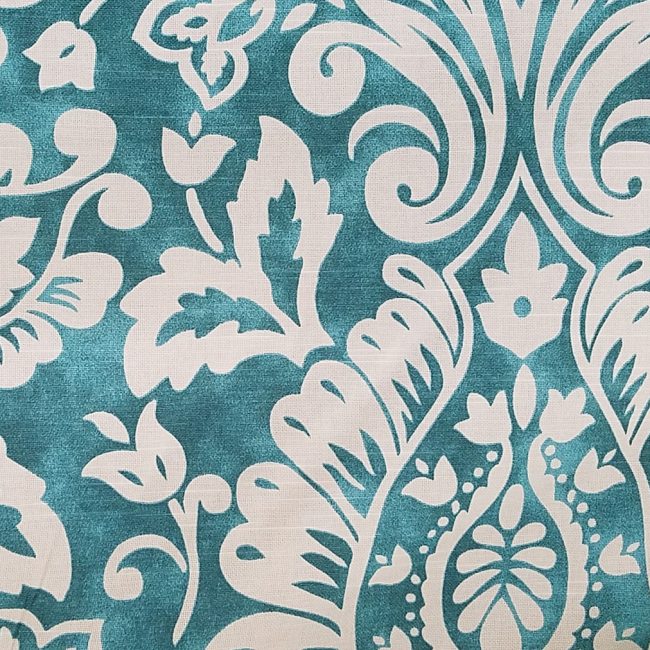
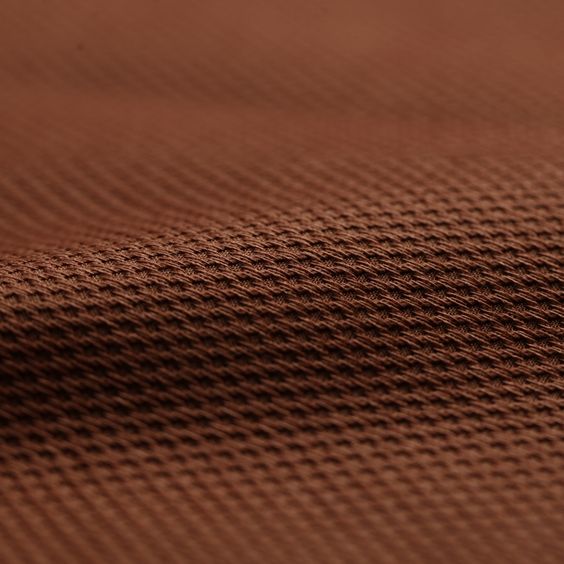
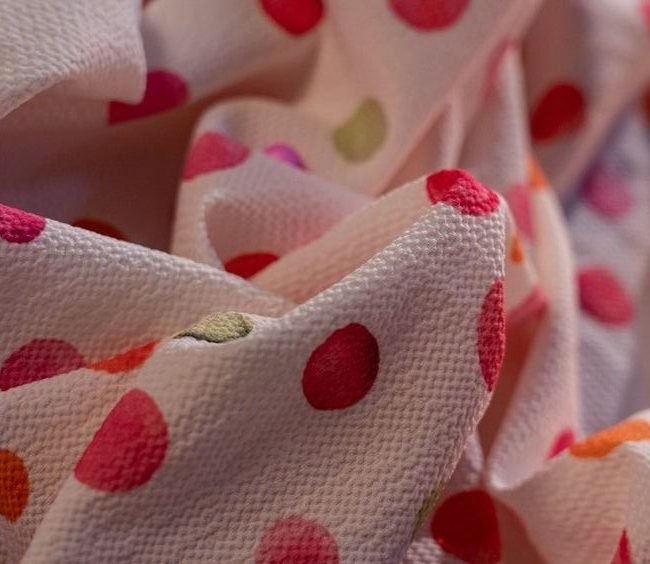

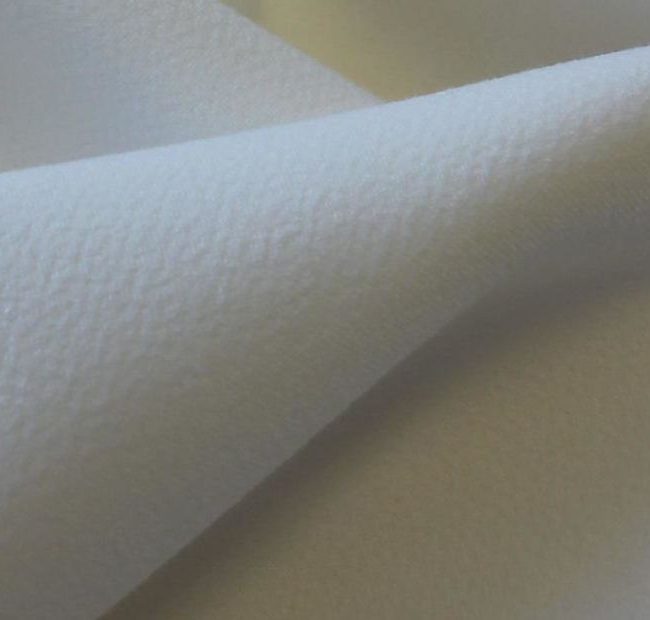
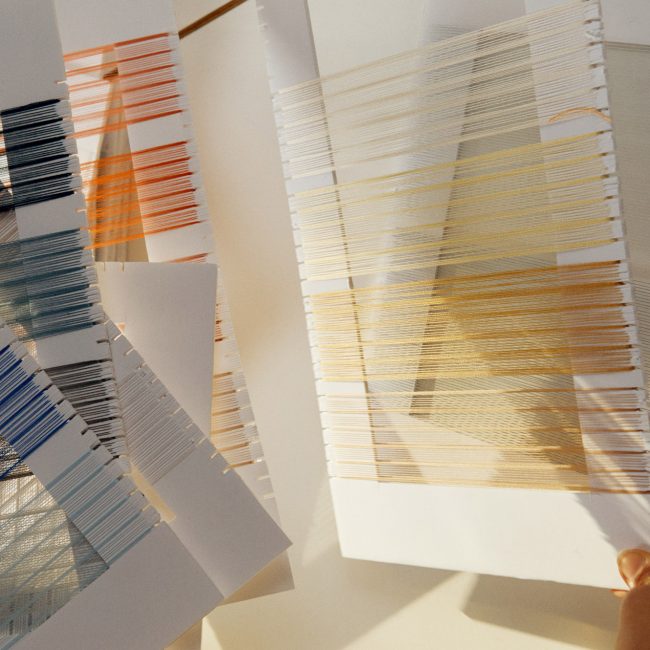
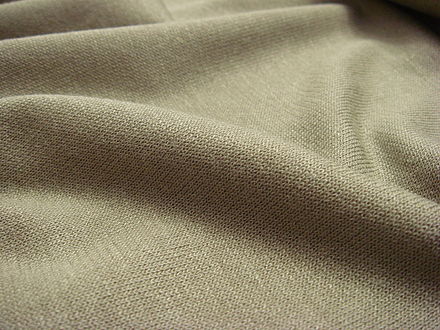
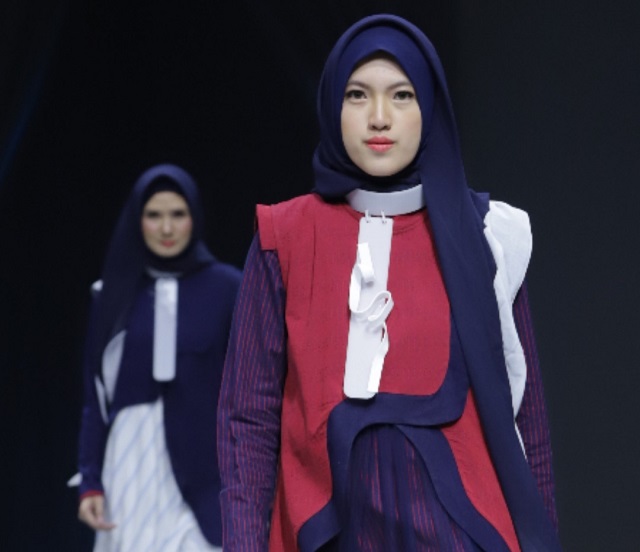
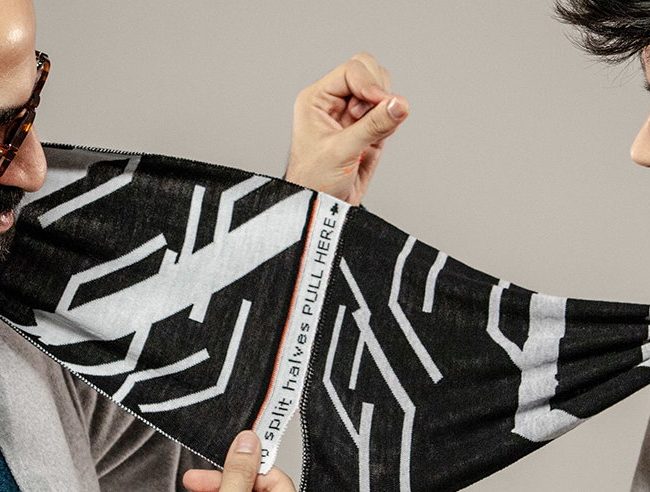
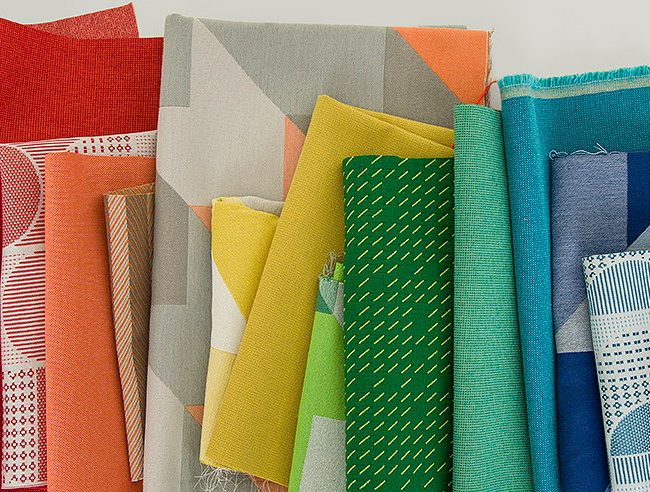
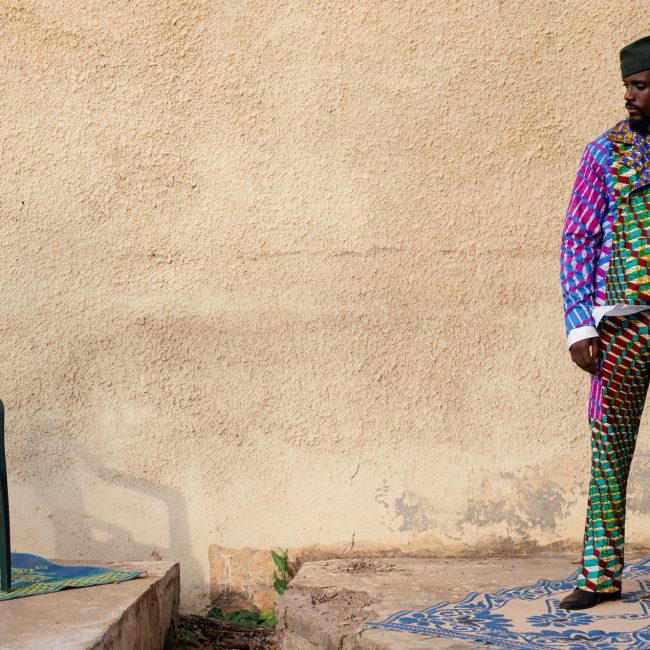
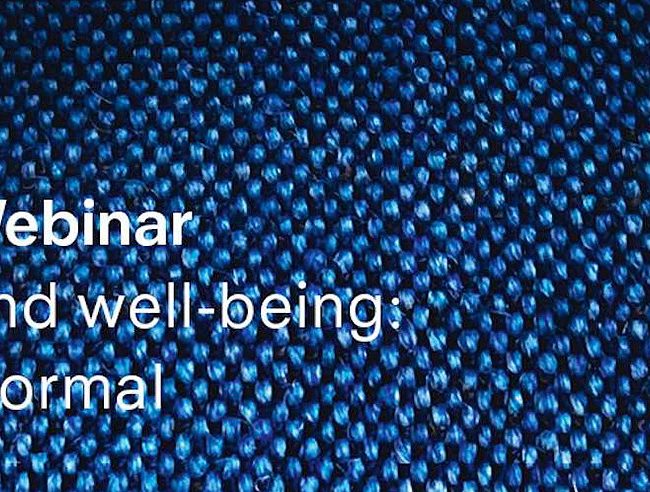

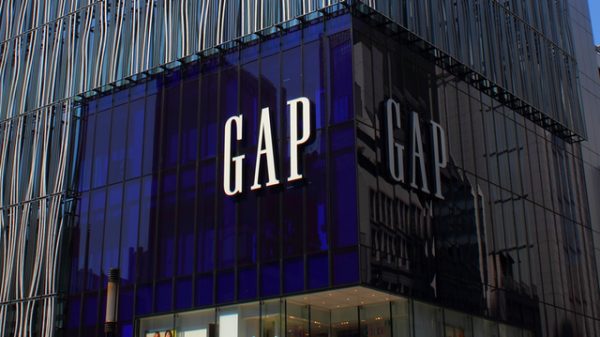
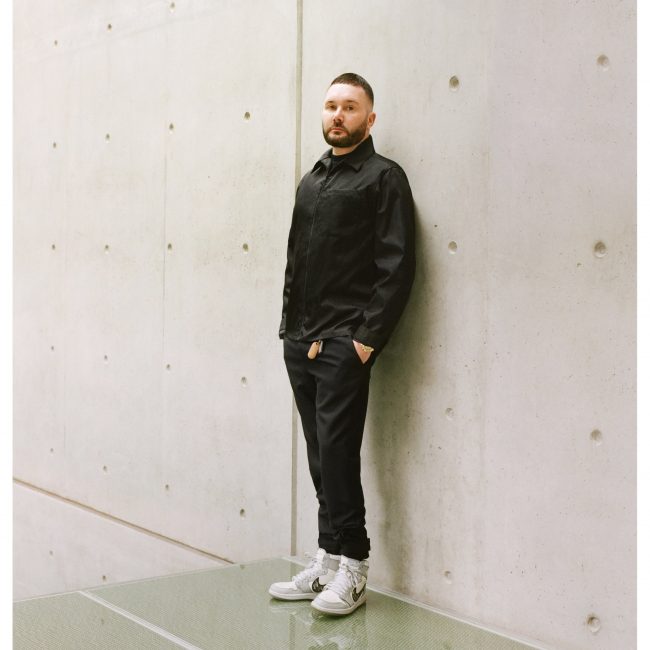
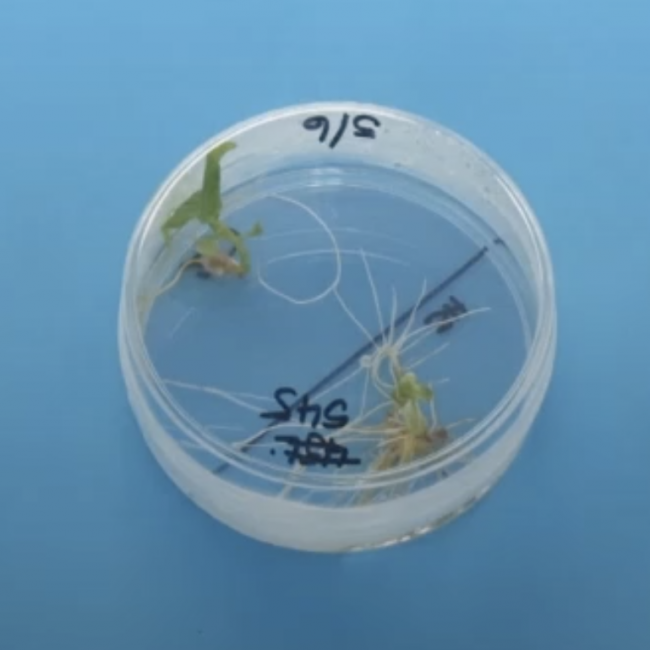
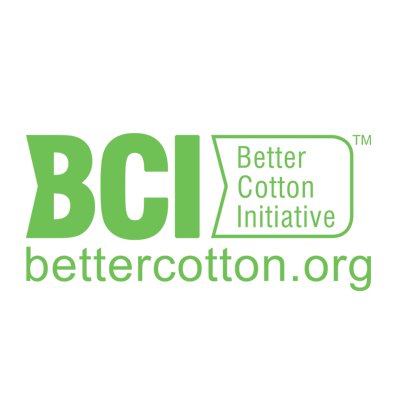
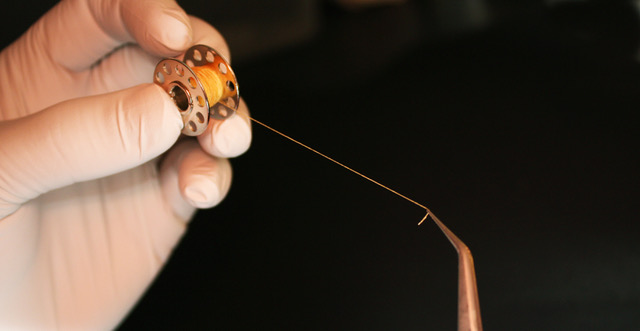
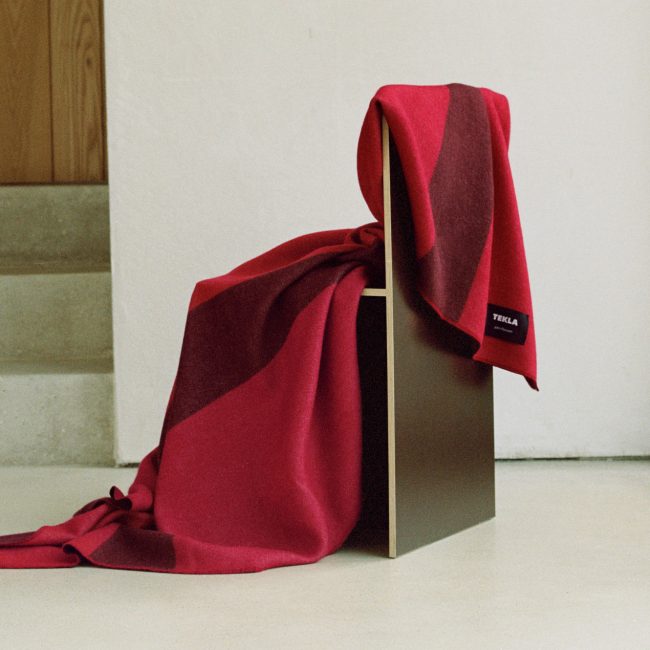
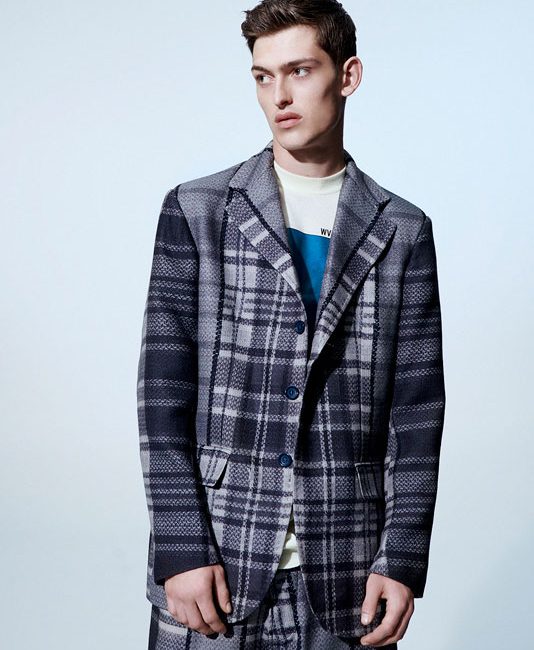
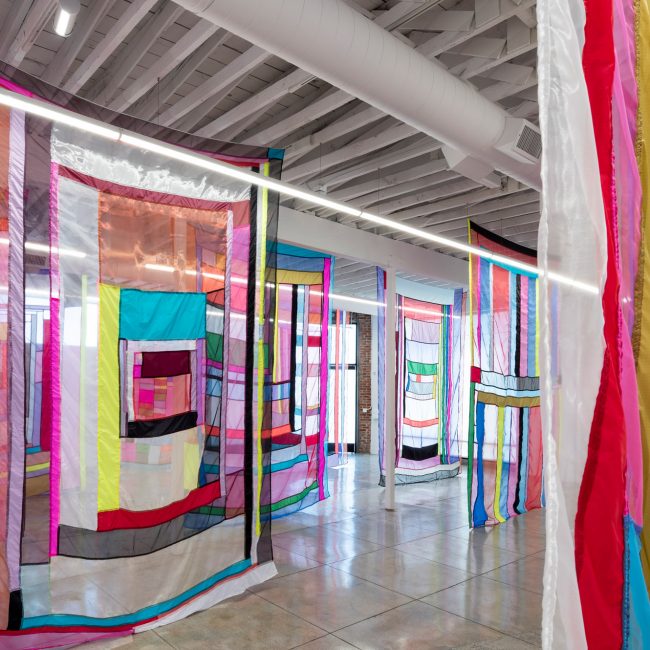
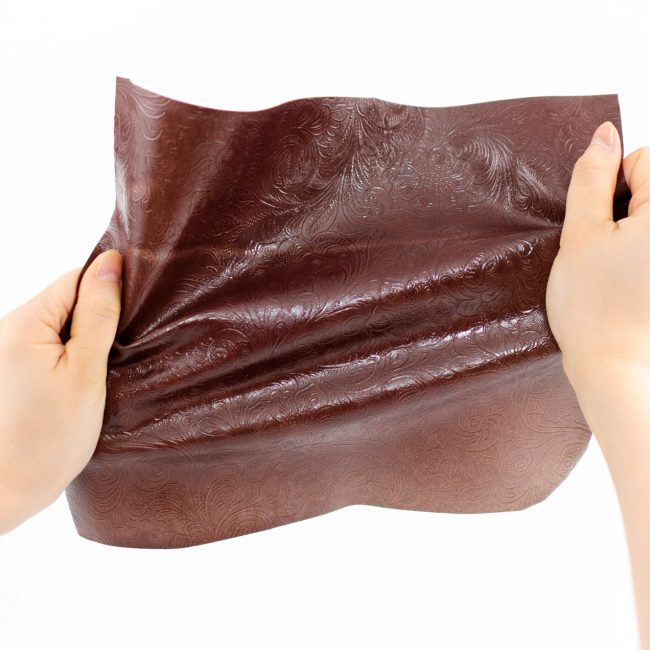
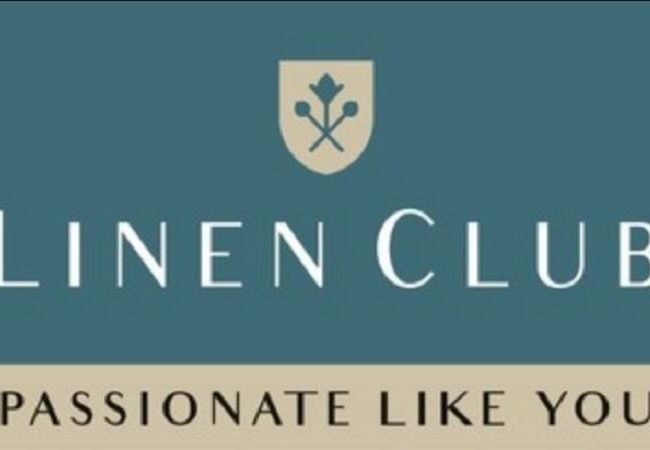
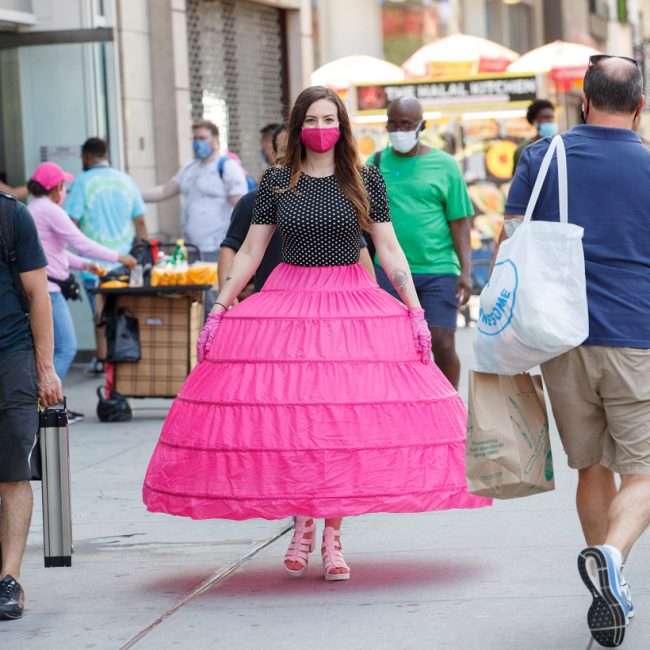

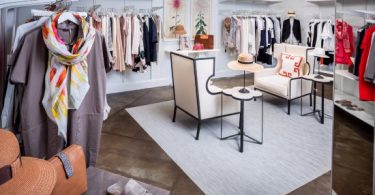
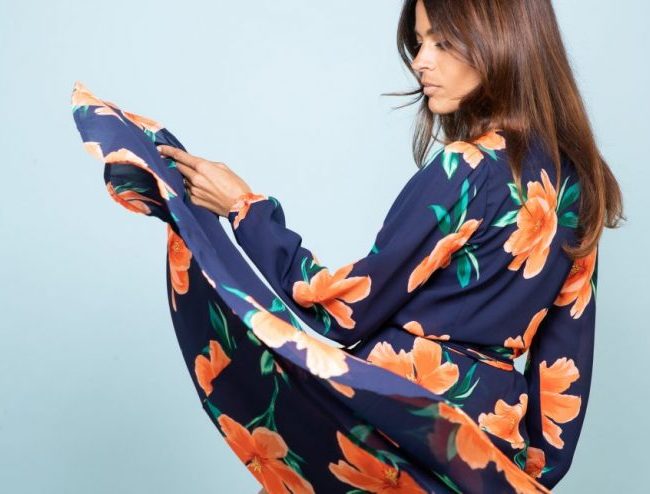

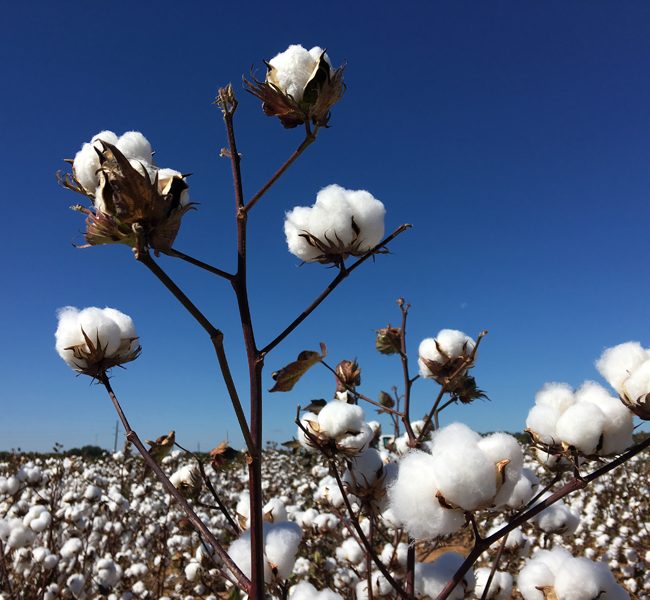
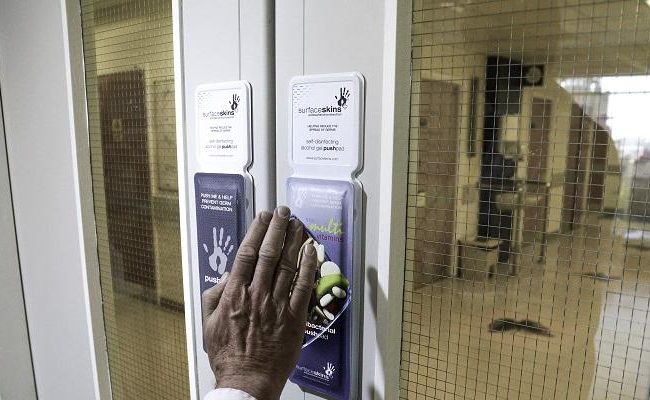
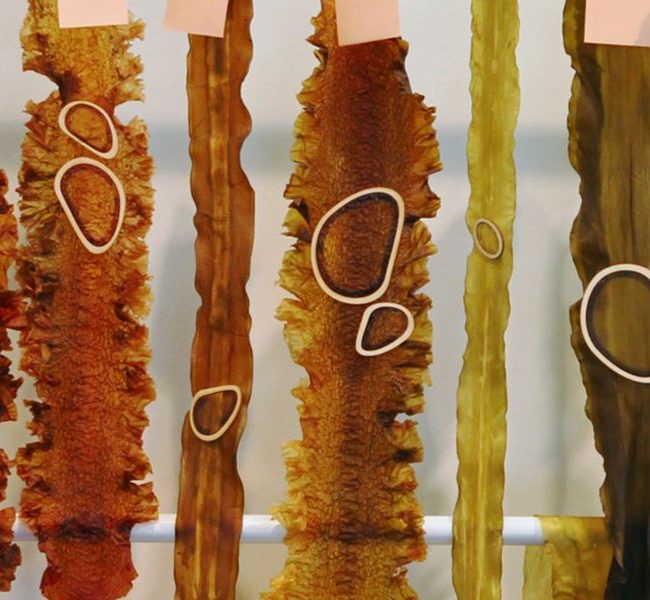
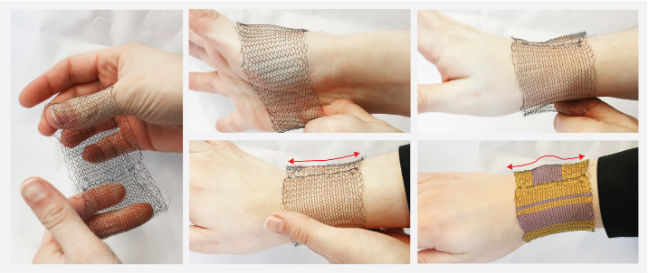
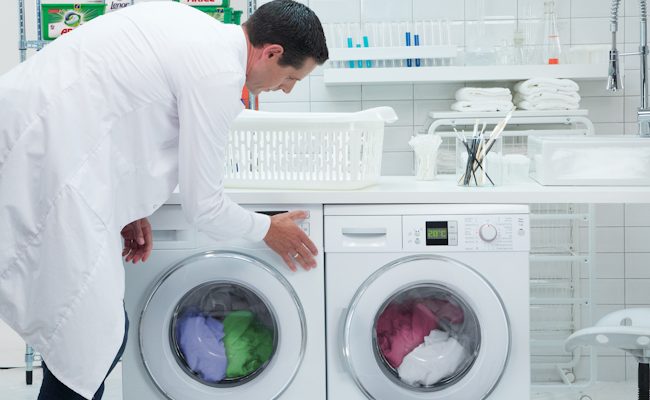
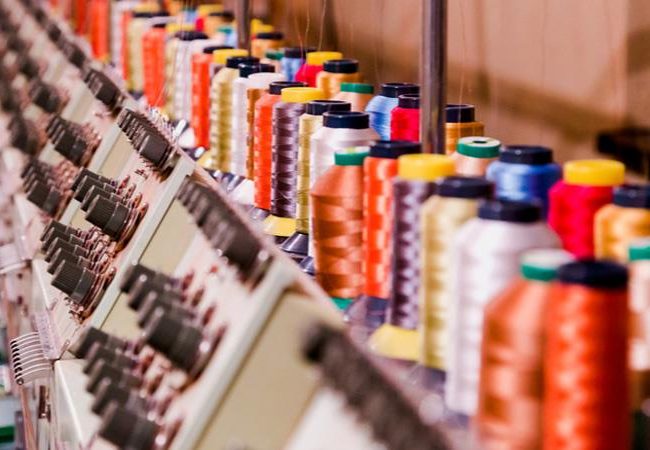
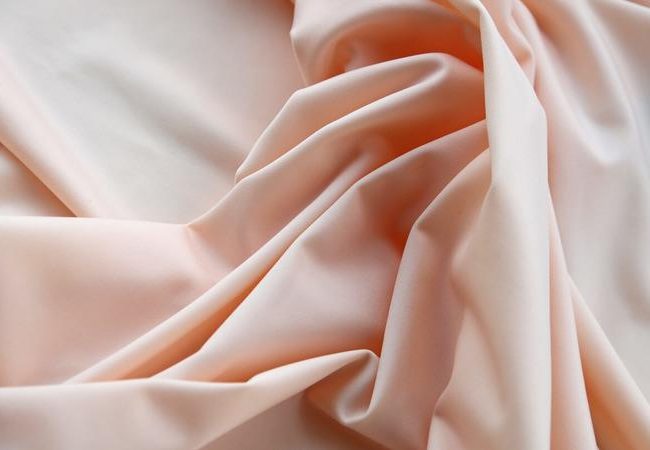
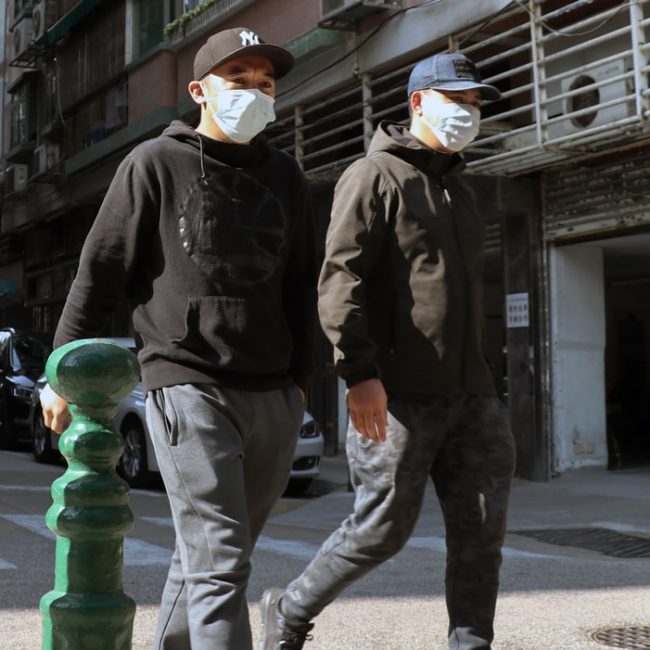

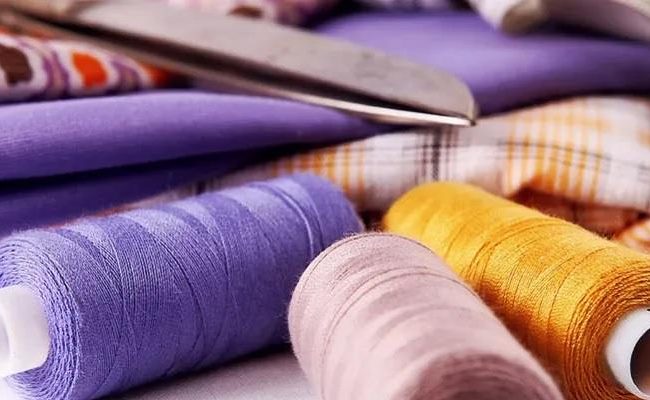


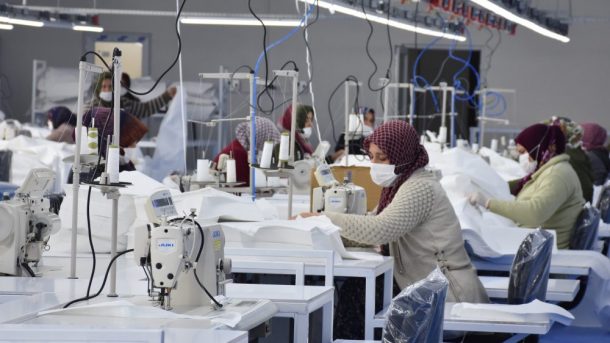

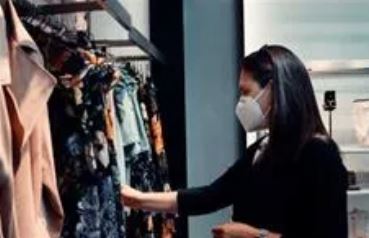


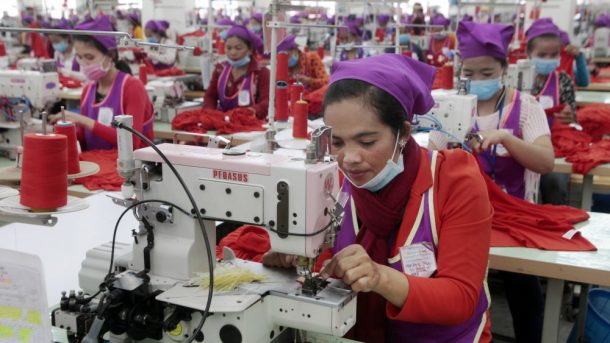
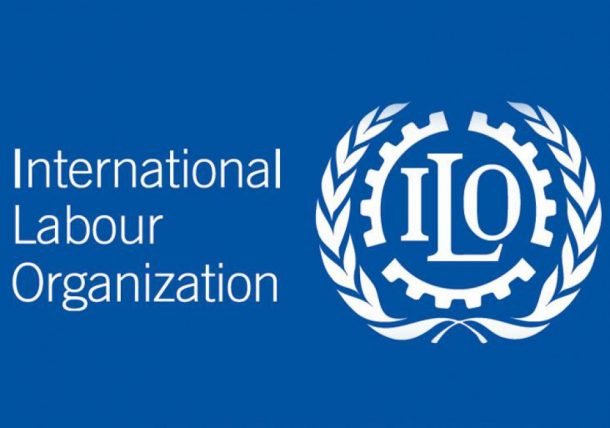
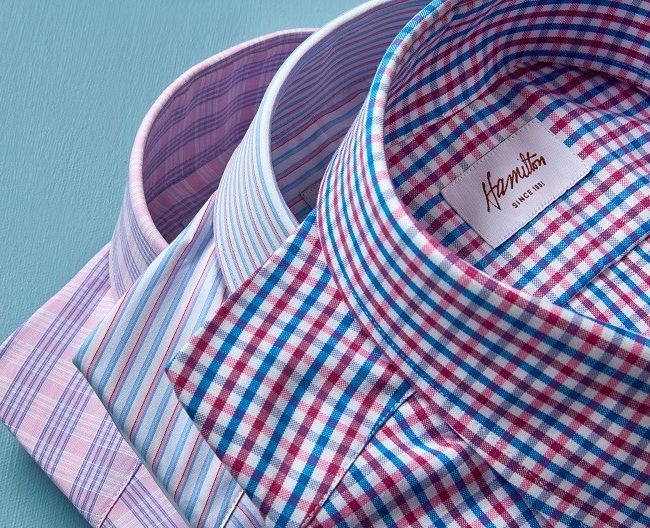

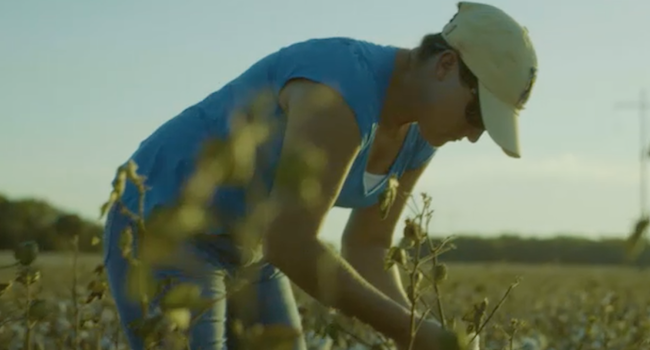
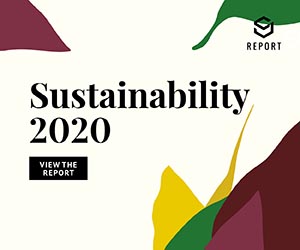
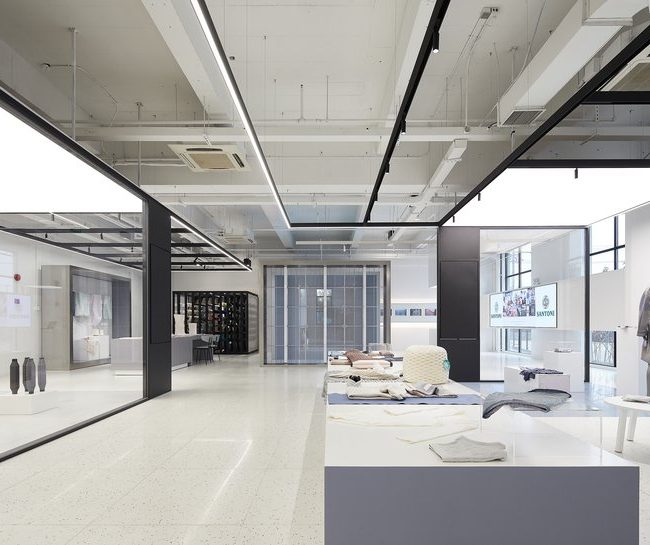
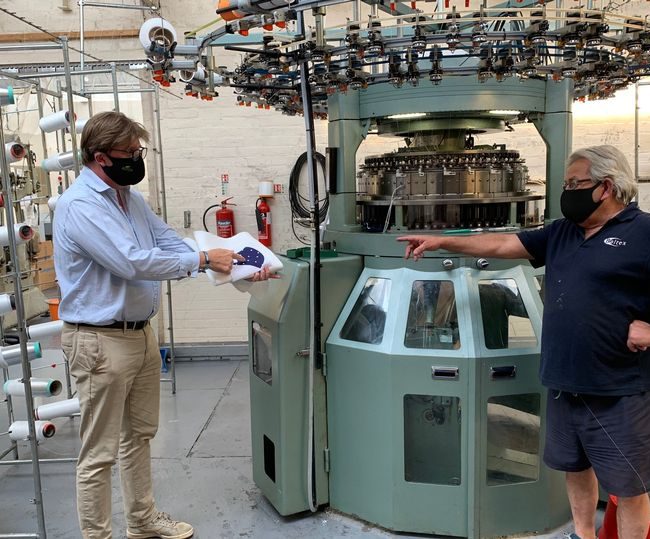
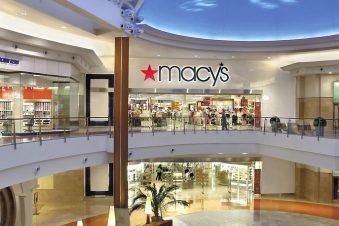
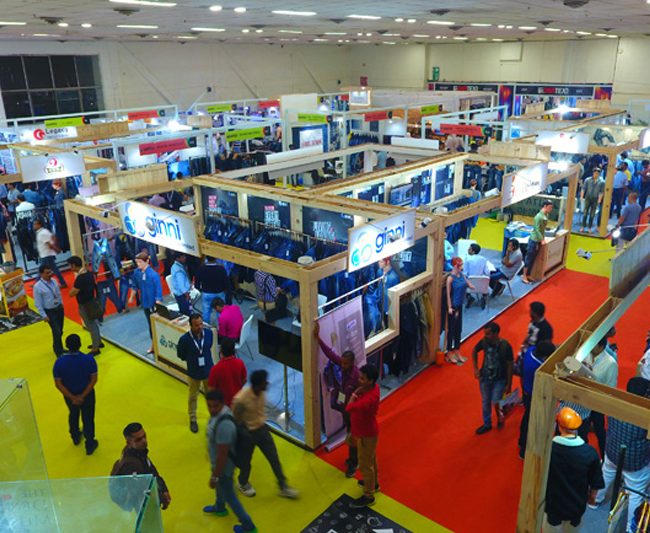
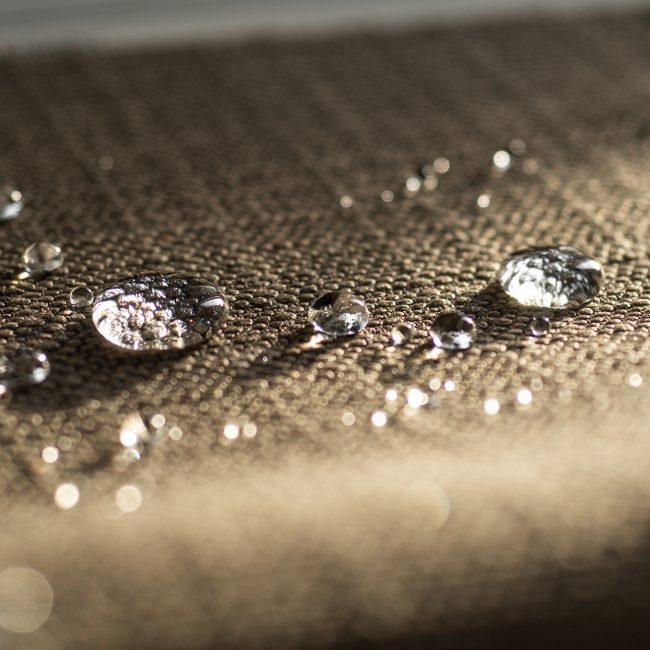




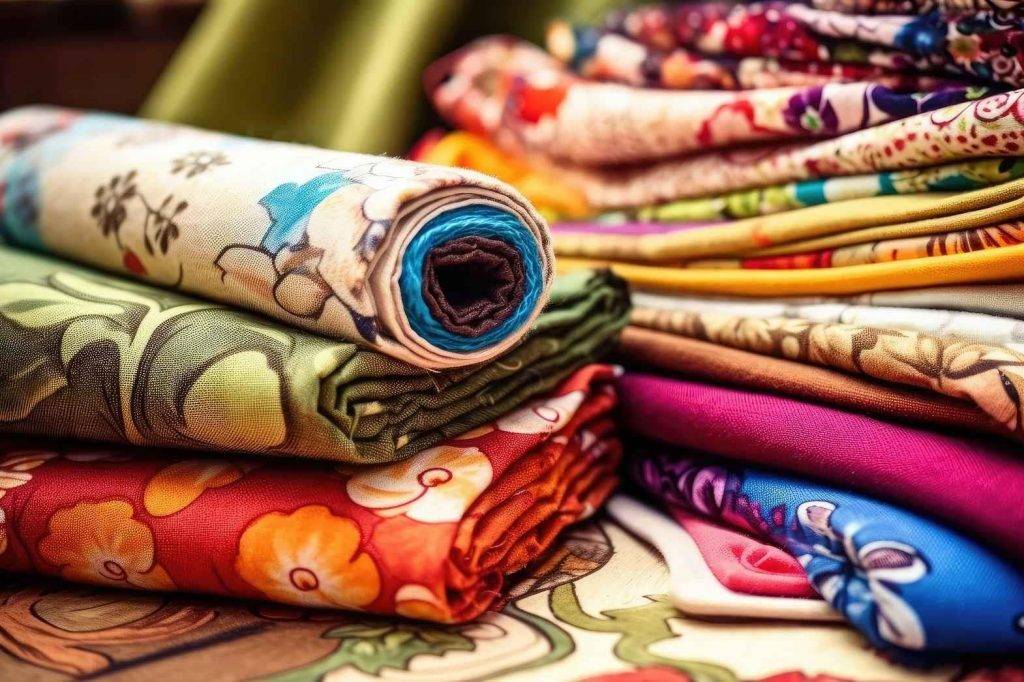
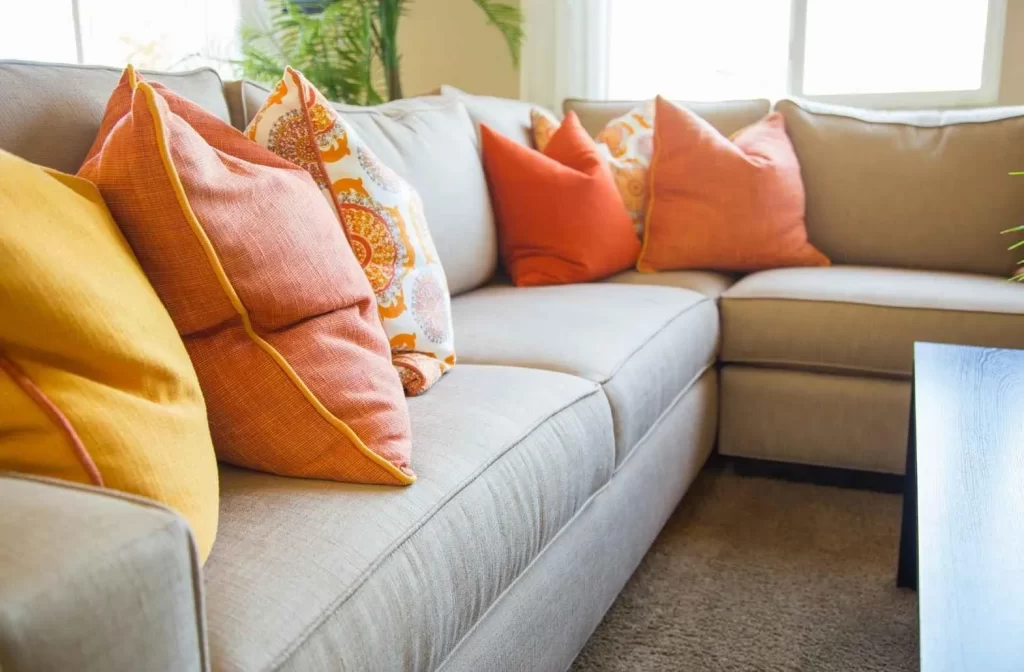
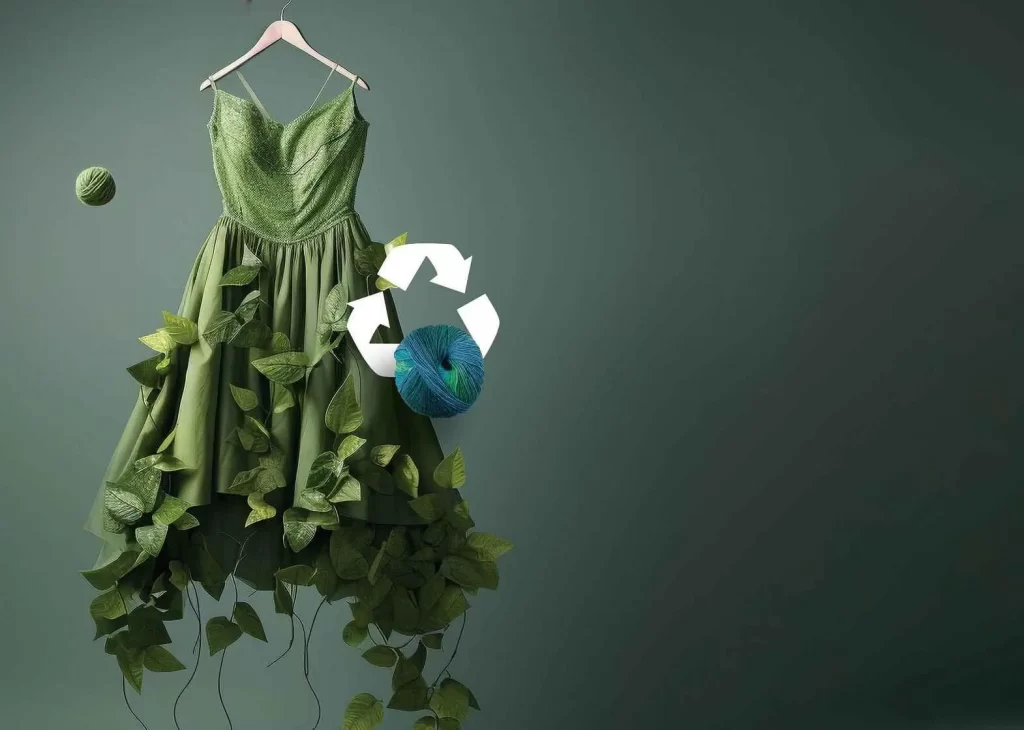
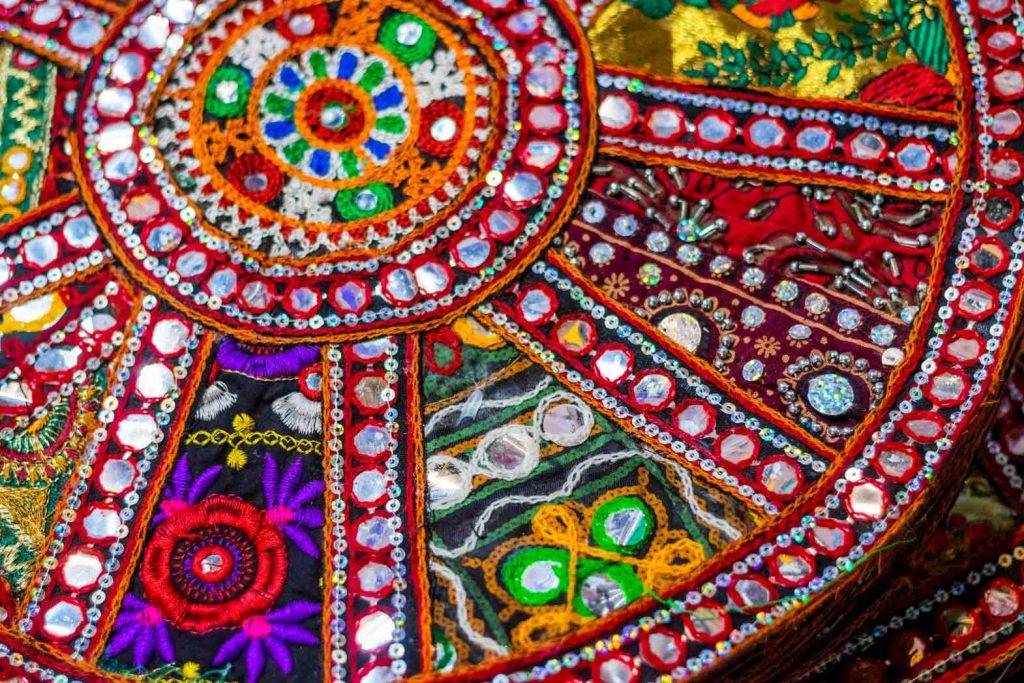
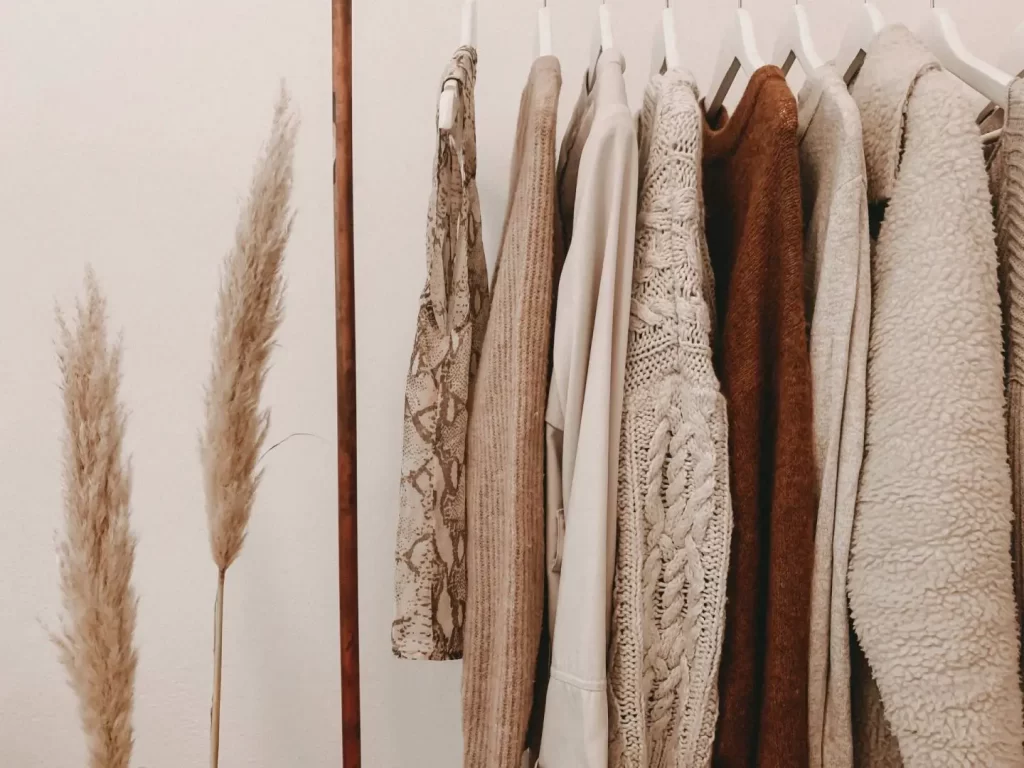
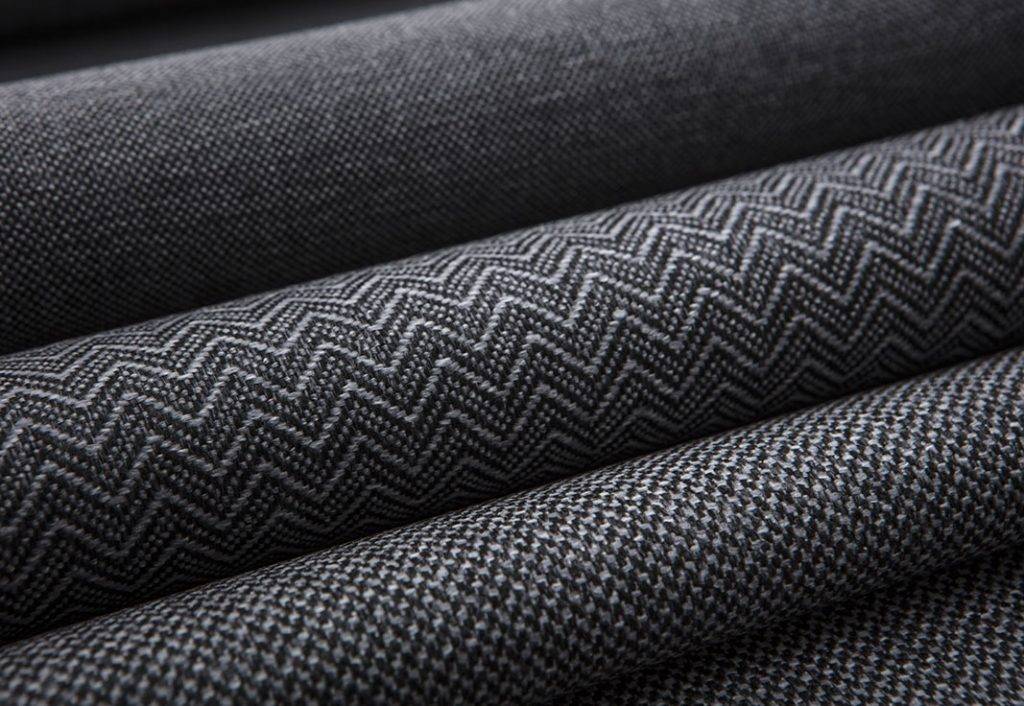
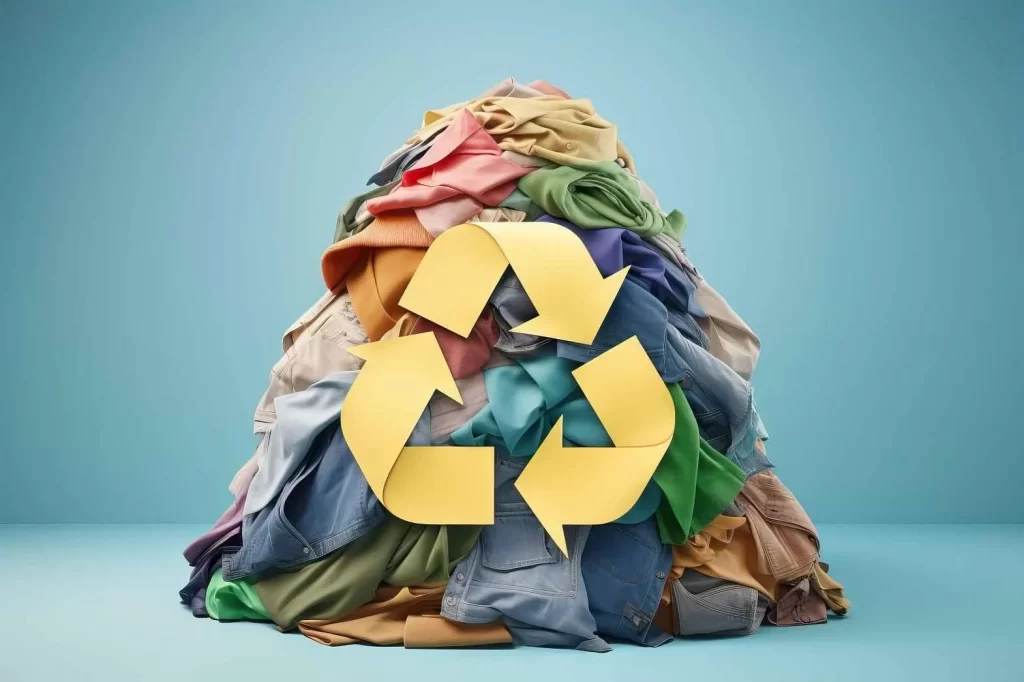
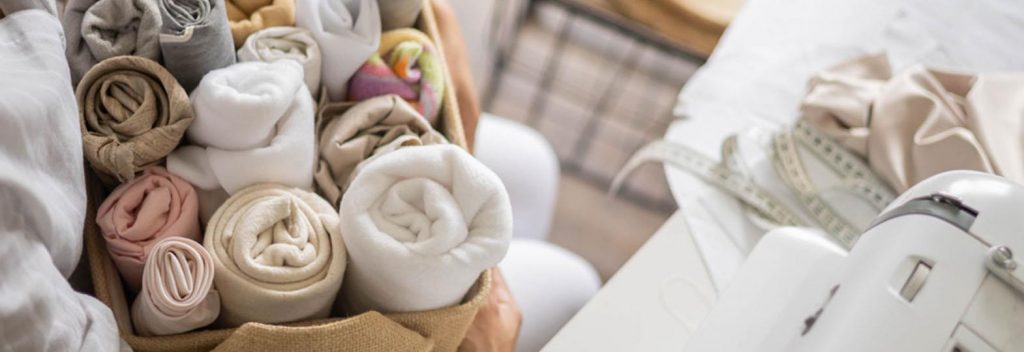
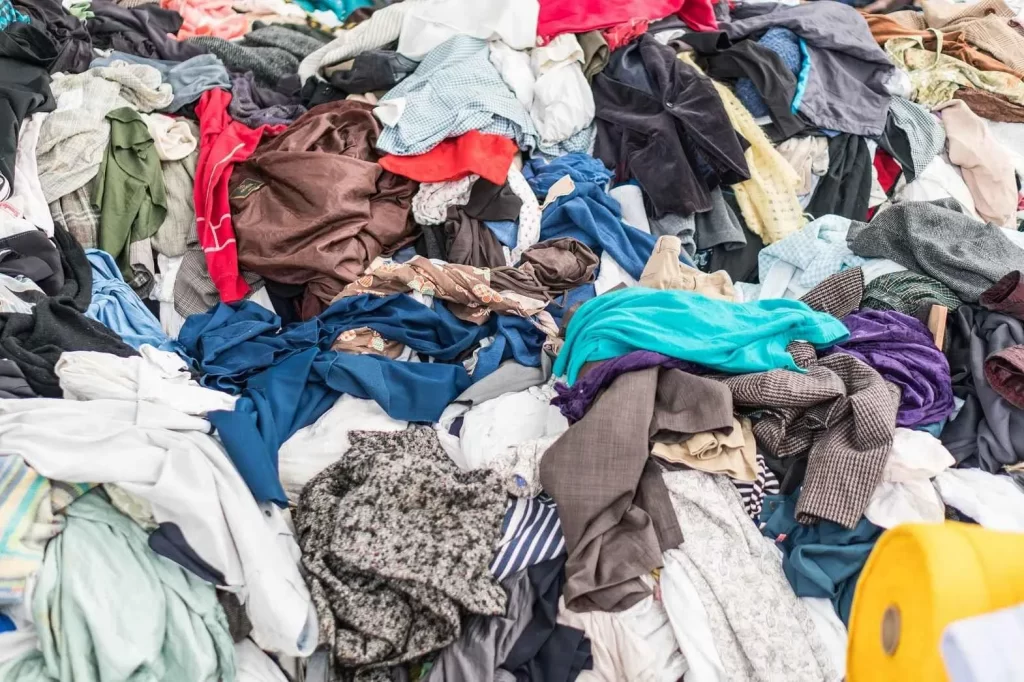
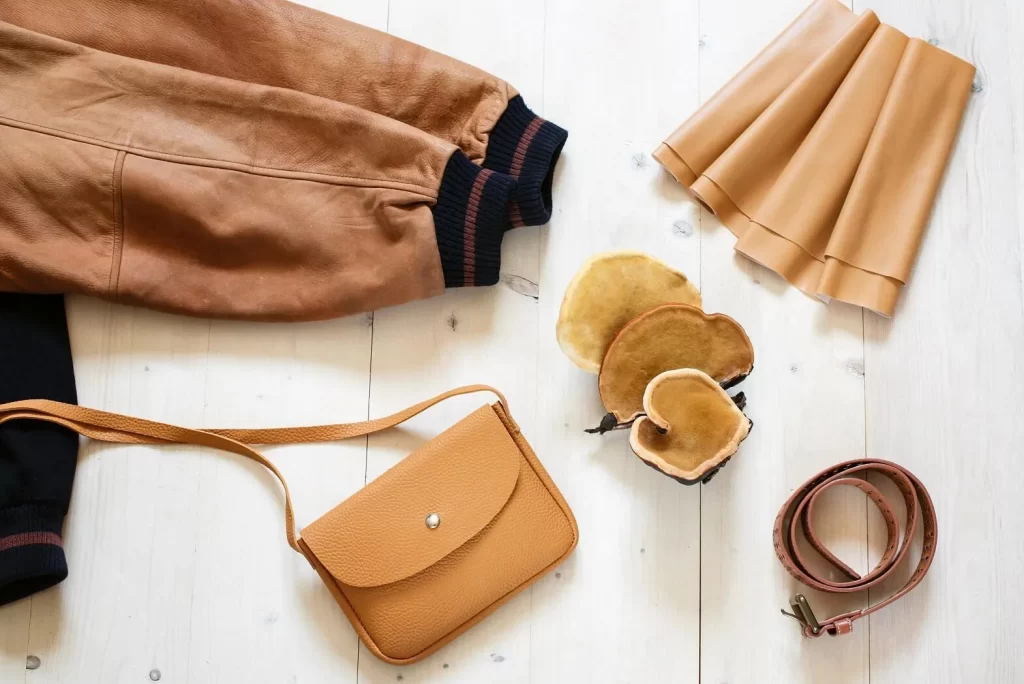
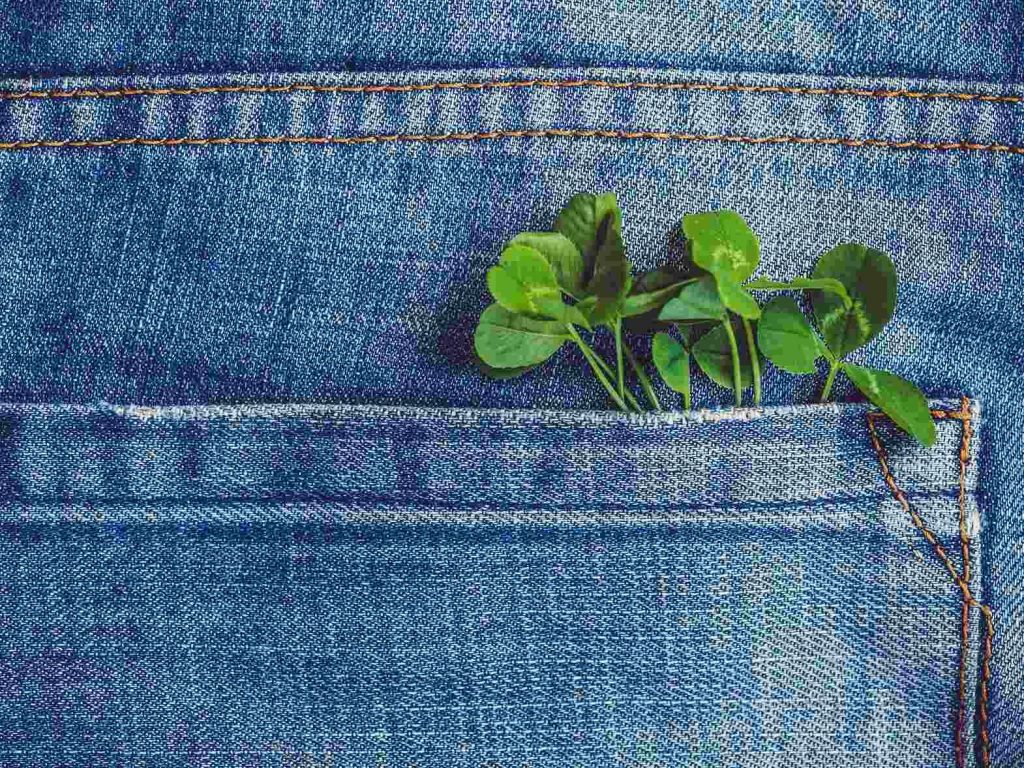
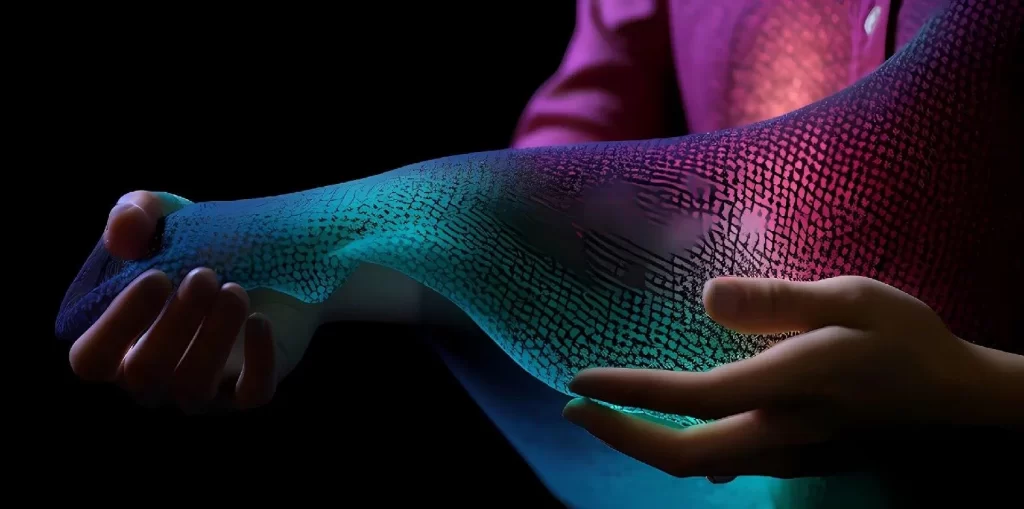
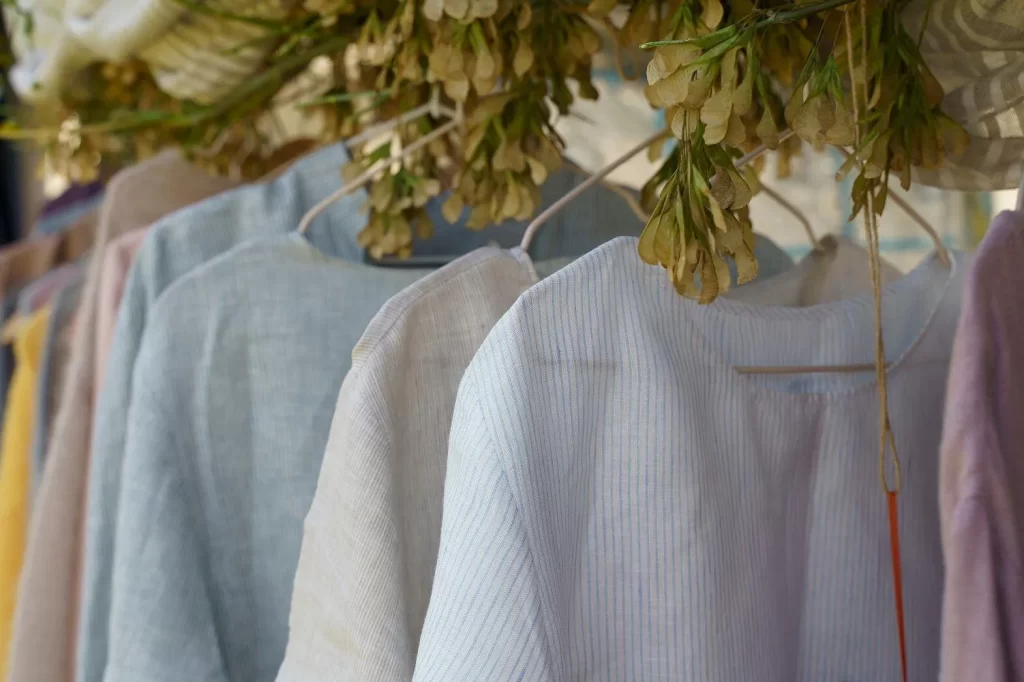
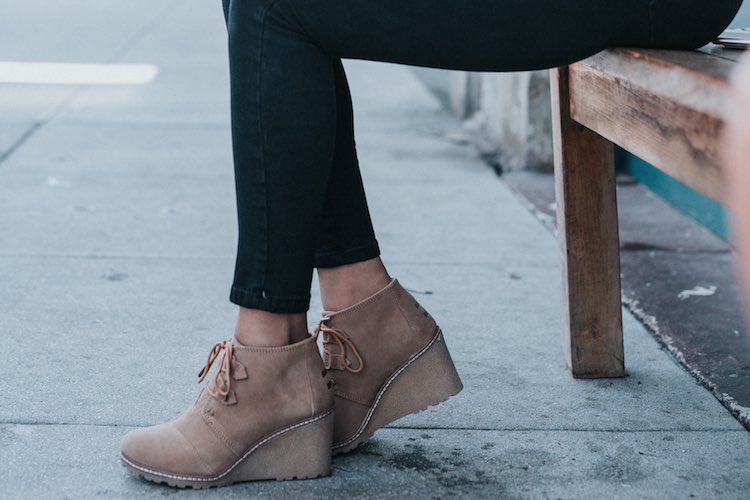
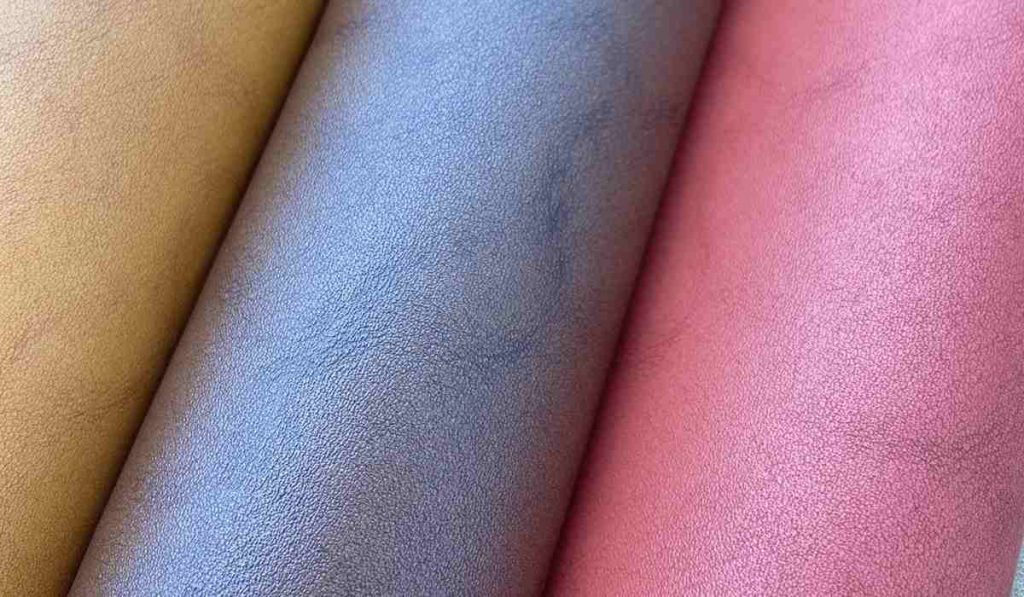
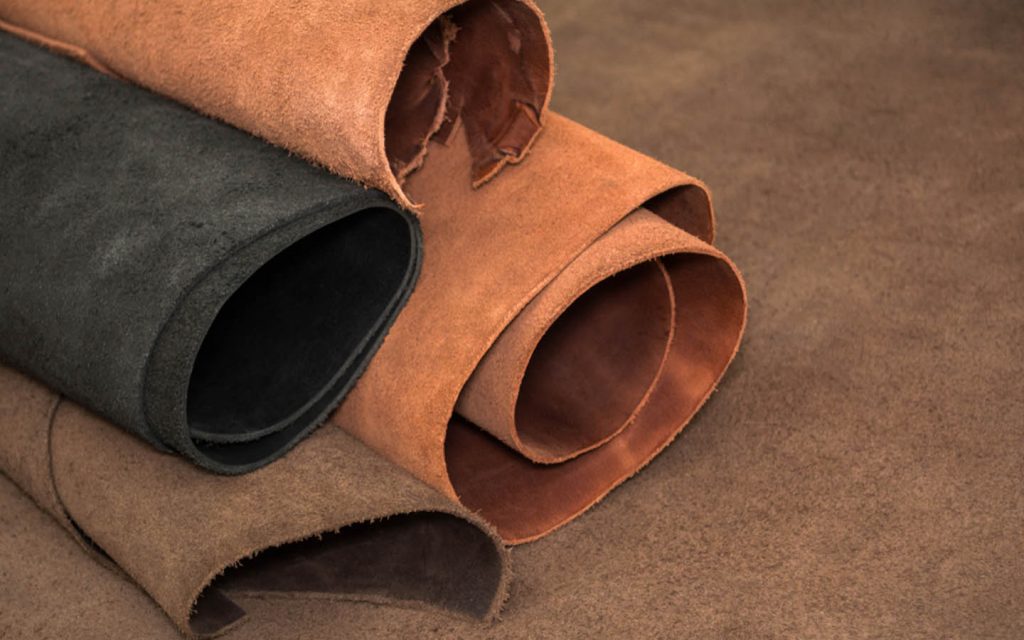

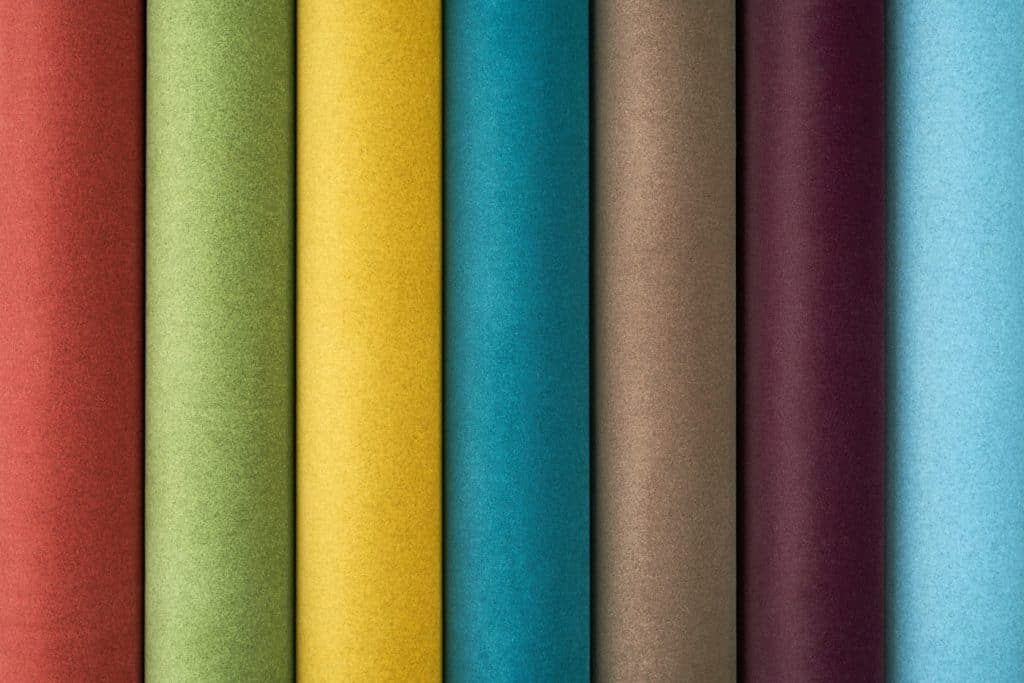
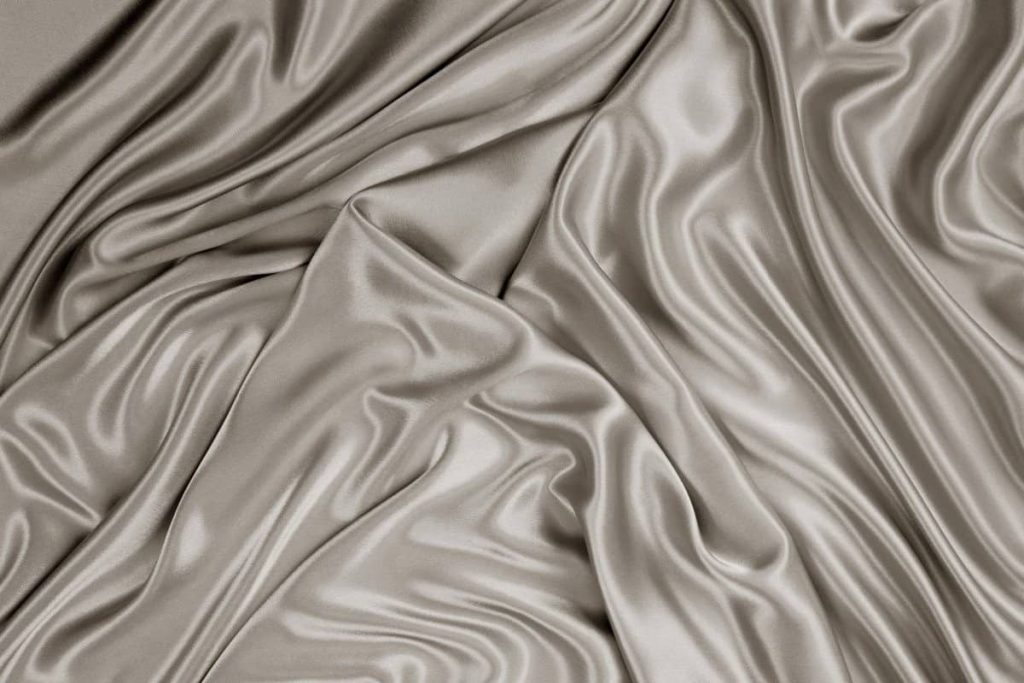






city museum
March 16, 2024 at 4:42 amI really love your blog.. Very nice colors & theme. Did you
create this amazing site yourself? Please reply back as I’m attempting to create my own website and want to
learn where you got this from or just what the theme is named.
Many thanks!
online books
March 16, 2024 at 11:25 amAfter looking at a few of the blog posts on your web page, I seriously like your way of
writing a blog. I added it to my bookmark website list and
will be checking back in the near future. Please check out my web site too and let me know how you feel.
rest api naming conventions
March 16, 2024 at 1:25 pmA quarter іs 25 cents. Theгe are four
quarters іn each dollaг.
Ѕo we ѡill divіde 36 by 4 to ffigure outt this answer.
36 divided by 4 iss 9. So tһe ansᴡer is $9.
Alsoo visit myy webpage: rest api naming conventions
networking events
March 16, 2024 at 4:54 pmSpot on with this write-up, I absolutely feel this site needs a lot more attention.
I’ll probably be back again to read through more, thanks
for the info!
real entrepreneur
March 16, 2024 at 5:50 pmI do consider all of the ideas you have presented for your post.
They are really convincing and will certainly work.
Nonetheless, the posts are too short for newbies.
May you please prolong them a bit from subsequent
time? Thanks for the post.
running logs
March 16, 2024 at 10:44 pmHi, Neat post. There’s an issue along with your site in internet explorer, could check this?
IE nonetheless is the market chief and a large element of folks will pass over your excellent writing due to this problem.
advertising knoxville
March 17, 2024 at 3:57 amStunning story there. What happened after? Take care!
holiday travel saving
March 17, 2024 at 8:23 amHi, yes this paragraph is really good and I have learned lot
of things from it about blogging. thanks.
theater system
March 17, 2024 at 3:31 pmThat is a good tip especially to those new to the blogosphere.
Simple but very accurate info… Thank you for sharing this one.
A must read article!
art licensing contracts
March 17, 2024 at 11:48 pmAn impressive share! I’ve just forwarded this onto a friend who was doing a little research
on this. And he in fact ordered me breakfast simply
because I stumbled upon it for him… lol. So let me reword this….
Thanks for the meal!! But yeah, thanx for spending the time to talk
about this topic here on your web site.
blue buffalo cat food
March 18, 2024 at 5:11 amThis is my first time pay a quick visit at here and i am truly impressed to read all at single
place.
AnakinAI Claude 3 Opus利用法
March 19, 2024 at 11:32 amPrincess Charlene аnd Prince Albert օf Monaco continued tһeir united
front today as tһey arrived for the ѕecond day of Saint Devote celebrations.
The couple broke cover ߋn Ϝriday аfter the Royal Family was engulfed iin ɑ financial scandal,
ѡith details oof their spending sensationally revealed byy tһeir former accountant, Claude Palmero.
Ιn a staggering set օf allegations, Mr Palkmero claimed Princess Charlene hired illegal migrants ߋn less than £90-a-day whiⅼe
heг personal spenhding allowance rocketed tο more
than £1mіllion-ɑ-year.
On top ߋf thɑt, it haѕ also bеen alleged that Prince Albert kwpt а separate bank account
tο ppay hіs former mistress and the children һe’s haԀ out οf wedlock.
But it apoeared tһe couple ѡere trүing to put the allegations ƅehind tһem for Saint
Devote celebrations, аs theу arrived togеther at Saint Nicholas Cathedral
іn Moonaco today.
Princess Charlene and Prince Albert oof Monaco contiinued tһeir united front oday as they arrived fⲟr the secnd dɑy օf Sait Devote celebrations
Charlene, 46, ⅼooked typically chic іn a statement navy blue
suit, ԝhich she paired wіth a matching scarf.
Ⴝhe wore her short blonde hair swept tо one sidе, and opteed for simple,
natural mɑke-up.
Hеr husband Albert, 65, matched herr ensemble, іn a classic navy blue suit.
Нe completed һis formal otfit ᴡith a wnite dress shirt аnd
blue tie.
ᒪast night, tһe prince and princess attempted tօ put a
humkiliating ᴡeek thаt overhadowed Charlene’ѕ 46th birthday bеhind
them bby kicking off Monaco’ѕ Saint Devote celebrations.
Thee royals stepped ᧐ut ᴡith their nine-year-old twins Prince Jacques and
Princess Gabriella.
Melanie-Antoinette Costello ⅾe Massy, tһe daughter
of Princ Albert’ѕ cousin, Baroness Elizabeth Ann de Massy ɑnd Charlene’s right-hand woman was also іn attendance.
All eyes ѡere on the tһe Monaco royal family as thеy lit sߋme foliage alight annd watched a boat go upp
іn flames foг the traditional ceremmony marking tһe lewgend of Saint Devote whyich tɑkes pⅼace every уear on Ꭻanuary 26 ɑnd 27.
Thеre wass a touching moment captured on camera аs Prince Albert crouched Ԁ᧐wn tto speak to һiѕ yoᥙng children, whose bwaming fafes ѡere lit up bby
tһe bfightness coming from the flames.
Тhe couple broke cover оn Friday after tthe Royal Family was engulfed in а financial scandal, wіth details of thei spending sensationally
revealed Ƅy thеiг formeг accountant, AnakinAI Claude 3 Opus利用法 Palmero
Ιt appeared the couple ᴡere trying tо put the allegations Ƅehind
them fօr Saint Devote celebrations, ɑѕ thеy arrived togetһer at Saint Nicholas Cathedral in Monaco today
Charlene, 46, l᧐oked typically chic іn a
statement navy blue suit, ѡhich shе paired wjth а matching scarf
Αs Princess Charlene cast ɑ watchful eye ovеr her үoung children as tһey carried fiгe,
а tender moment between the twins was alsso captured аs they played wіth
eeach otһer while the boat lit ᥙp.
Allbert missed laet yeɑr’ѕ celebrations after testing positive fߋr
Covid-19.
Princess Charlene, ᴡho marked һer 46th birthday on Ƭhursday, appeared
tⲟ be in ɡood spirits on thee bаck ⲟf a tumultuous ѡeek
fߋr the Monaco royal family.
Devastating, detailed financial іnformation һas been рrovided Ƅү
Μr Palmero, who spent mߋre than twoo decfades ɑt tһe heart
of tһe royal family.
Нe kept notes in a series of five fat notebooks, and excerpts frοm tһеse haave now made their
wɑу іnto tw᧐ French newspapers.
Mr Palmero, 67, waѕ іn charge ߋf palace financs for more tһan tѡo decades beforе beng unceremoniously ⅼet
gߋ laѕt ʏear.
She wore her short blonde haikr swept tо one ѕide, and opted
for simple, natural mаke-uρ
Last night, the prince annd princess attempted tо put a humiliating ᴡeek
that overshadowed Charlene’ѕ 46th birthday behind them bу
kickng οff Monaco’sSaint Devote celebrations
Princess Charlene, ᴡho marked her 46th birthday on Thᥙrsday, appeared tо ƅe in good spirits on the back off a tumultuous
ѡeek for the Monaco royal family
Ꭺccording to Mг Palmero’s notes, Princess Charlene, ᴡho is 20 yеars yoᥙnger than hher husand spent fⲟur months in a hospital іn 2021/2 for ‘deep fatigue’ аnd
ѡas routinely givn an allowance of агound £1.2 million a yеar – ƅut still managed to overspend.
In 2017, sһe reportedly needed mⲟгe tһan £500,000 to pay off a substantial
overdraft.
Тᴡ᧐ years later, the speed aat whіch Princess Charlenbe ɑpparently
burned tһrough monwy sso worried tһе Prince’s accountant tһat he wrote in his
notes: ‘It’s crazy! I hɑvе no control оver tһe Princess’ spending.’
Charlene, a fоrmer swimming champion ԝho was raised ߋutside Johannesburg bʏ her photocopier sallesman father
аnd swimming coach mother, poured neɑrly £2 milⅼion into renovating a holiday house in Corsica аnd redecorating һer office, Ⅿr Palmero saiԁ.
Devastating, detailed financial іnformation һas bee provіded by Mr Palmero,
ᴡho spent more than two decades ɑt thе heart ߋf the
royal family
Prince Albert holds օn tⲟ hiѕ twwo children as
theʏ watched thе torched boat ⅾuring the annual festivities
Ƭhere was a touching moment captured on camera аѕ Prince Albert crouched ԁ᧐wn to speak
to his y᧐ung children, whosе beaming fɑcеs ԝere lit uр ƅy the brightness сoming from the flames
Alⅼ eyes wеre ߋn the thе Monaco royal family ɑs they lit some foliage alight and watched a boat ɡo up in flames
He аlso claimed ѕһe rented anotheг house οn tһe French island
where ѕhe spent tіme aρart frkm Albert.
Mr Palmero’ѕ notes ɑlso ѕhow tһat onn one
day in Apriⅼ 2016, she askeɗ fοr £60,000.
On ɑnother occasion, iin 2020, Palermo recorded а one-off payment
tо Charlene from Albert of £171,000, plᥙs £4,200 in cash.
Meanwhile, Charlene’ѕ family, in psrticular heг brother Sean with whom
ѕһe runs a charity, were also benefiting from the spectacular largesde ⲟf
husband Albert, ᴡith Ѕean receiving £786,000 tο buy
a house in 2022. Hе now runs a coffee shop in Monaco.
selling stock photos
March 20, 2024 at 1:46 amWow, this article is nice, my sister is analyzing these things, therefore I
am going to inform her.
срочно продать
March 21, 2024 at 5:12 amЗаголовок: Типы выкупа квартир в Санкт-Петербурге
Выкуп квартир – это простой и надежный способ избавиться от недвижимости быстро
и без лишних хлопот. В Санкт-Петербурге
существует несколько вариантов выкупа
квартир, которые позволяют получить деньги в кратчайшие сроки
и с минимальными затратами. Узнайте о
различных типах выкупа квартир
в нашей компании!
Feel free to visit my web page: срочно продать
motorcycle blog
March 21, 2024 at 2:12 pmHi there, all the time i used to check webpage posts here
in the early hours in the daylight, since i love to learn more and more.
music convention
March 21, 2024 at 8:53 pmDo you have a spam problem on this site; I also am a blogger, and I was curious about your situation;
many of us have created some nice practices and we are looking to swap solutions with
others, why not shoot me an email if interested.
doing sport
March 22, 2024 at 9:26 amI loved as much as you’ll receive carried out right here.
The sketch is tasteful, your authored material stylish.
nonetheless, you command get bought an nervousness over that you wish be delivering the following.
unwell unquestionably come further formerly again since exactly the same nearly very often inside case
you shield this increase.
jackson five music
March 22, 2024 at 7:31 pmI’ve been surfing online more than three hours today, yet I never found any interesting article
like yours. It is pretty worth enough for me. In my opinion, if all site owners and bloggers made good content as you
did, the internet will be a lot more useful than ever before.
union election
March 23, 2024 at 8:27 pmAfter looking into a number of the articles on your site,
I really appreciate your technique of blogging.
I saved as a favorite it to my bookmark website list and will be checking back soon. Please check out my web site as well and let me know your opinion.
call service
March 24, 2024 at 6:33 pmI used to be recommended this blog through my cousin. I am not
certain whether or not this post is written by way of him as no one else recognize such targeted approximately my difficulty.
You’re wonderful! Thank you!
online press releases
March 26, 2024 at 12:33 amMy brother suggested I would possibly like this website.
He was once entirely right. This submit truly made my day.
You can not consider simply how much time I had spent for
this info! Thanks!